Berlin For Culture Lovers – A Long Weekend Guide
Germany’s cool capital Berlin is perfect for a weekend away. With plenty of arts, culture, food and green spaces to choose from, there’s something here for everyone.
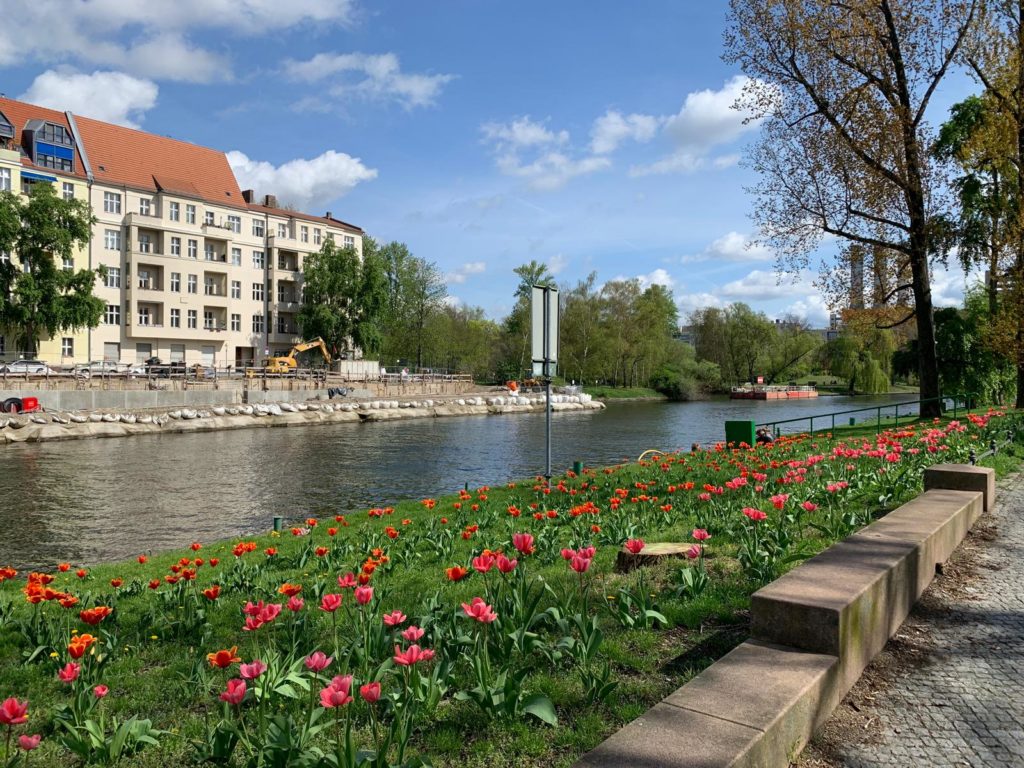

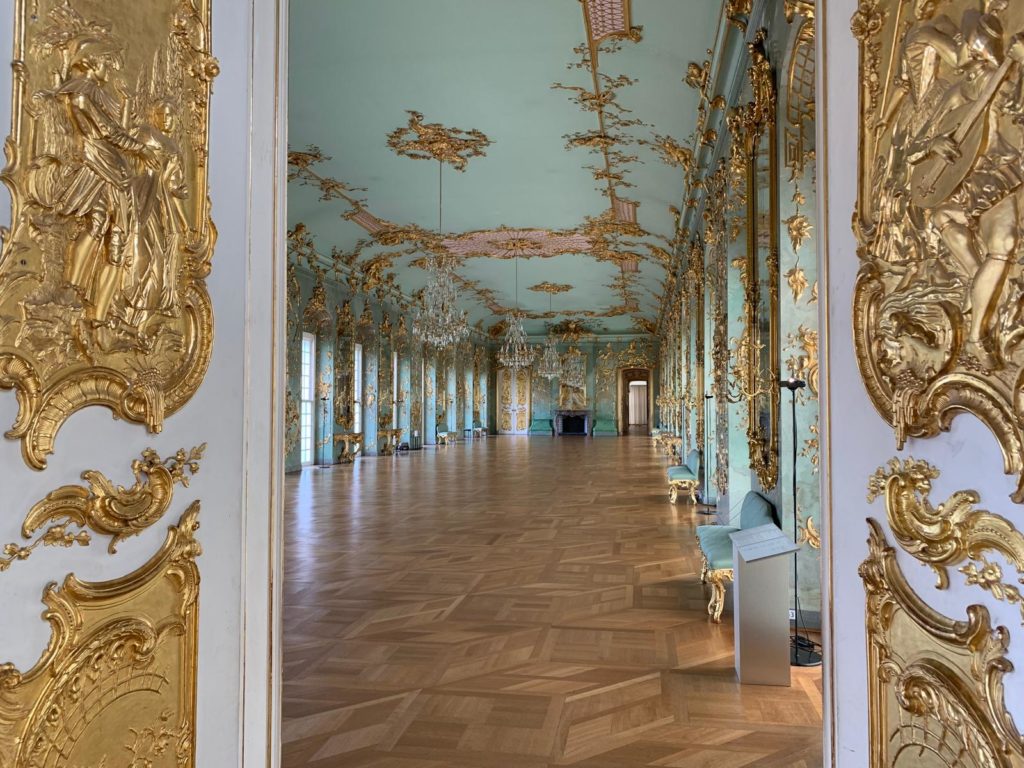
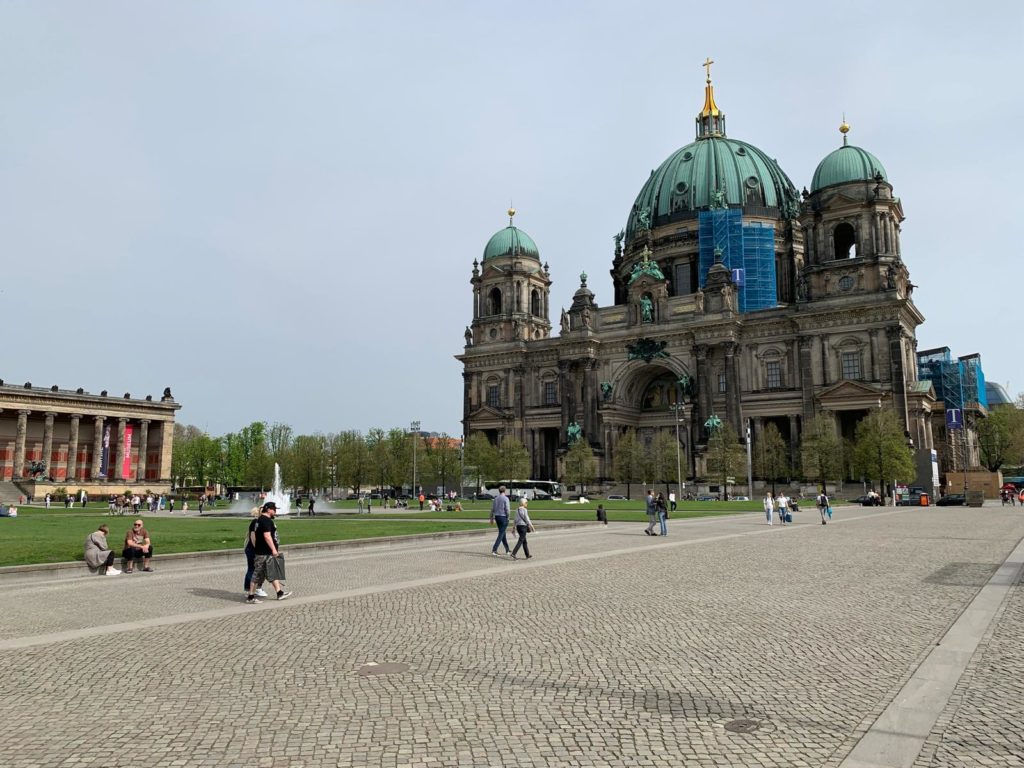
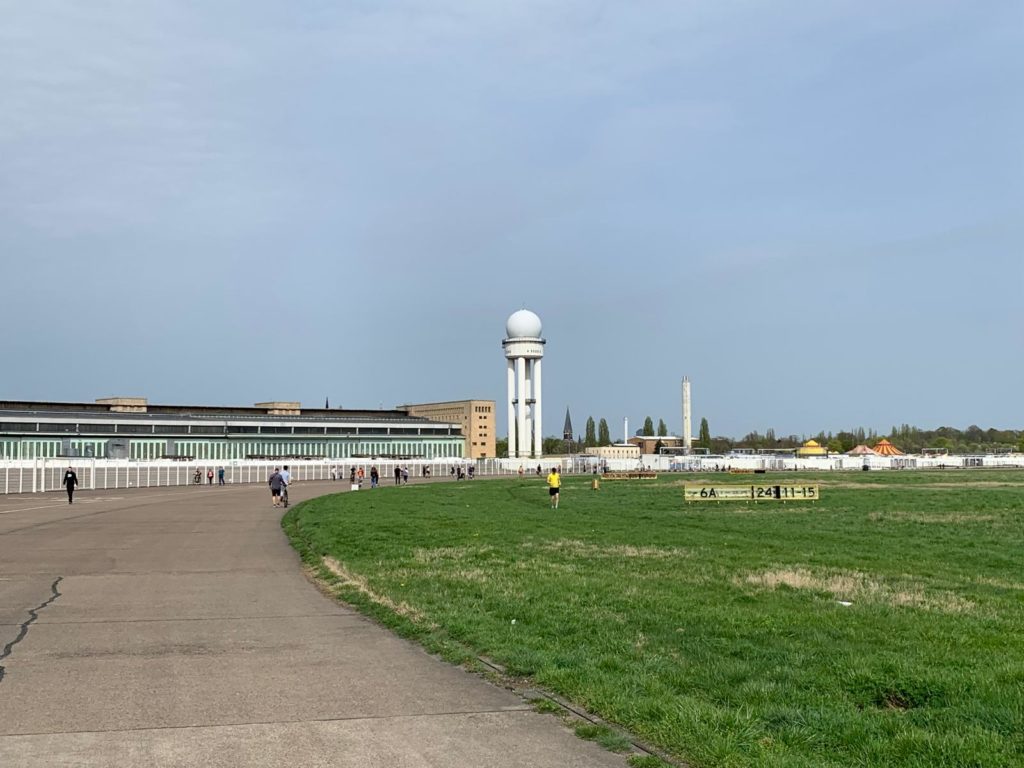
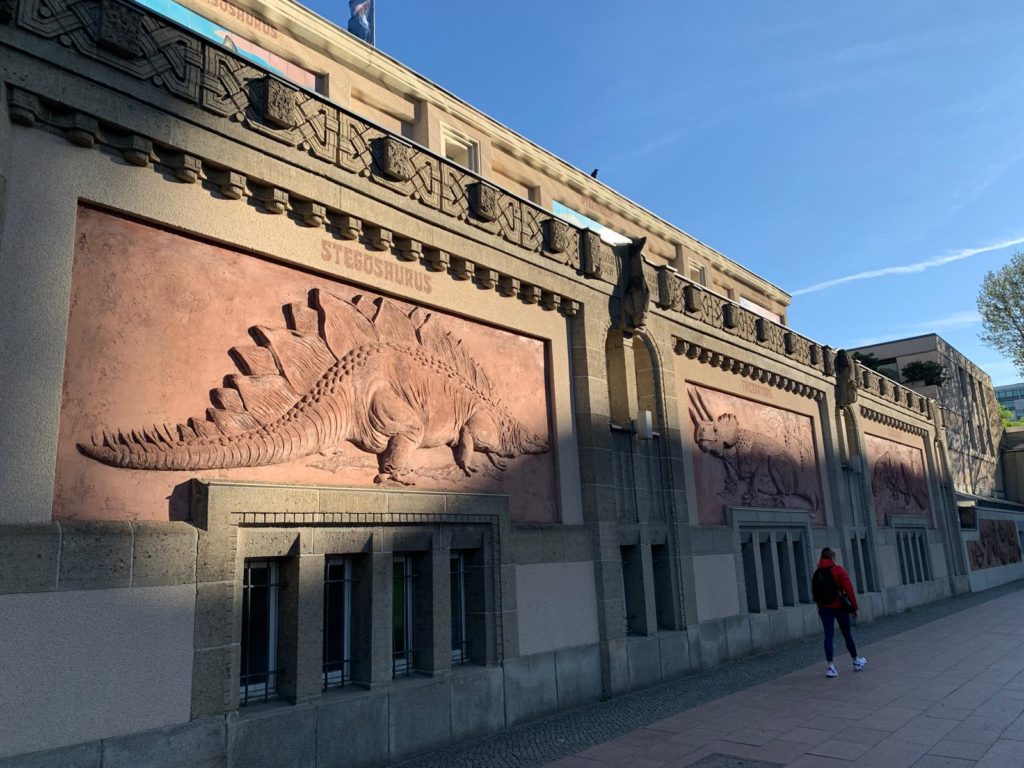
A Long Weekend in Berlin
It had been a long time since I had been to Berlin. Fifteen years. A lifetime in this fast-paced, ever-changing city. A conference brought me back but, as so often happens on the Salterton Arts Review (like here and here), I added on a couple of extra days to make a long weekend of it and explore.
Nonetheless, and even having been here once before, I felt like I was barely scratching the surface. There is so much to see and do in Berlin. Countless museums. Monuments to Berlin’s turbulent and divided past. Beautiful green spaces (sometimes with Biergartens which you really must try). Cool cafes, restaurants and art venues.
And so planning your own long weekend in Berlin is all about prioritising. Here are a few tips from someone who’s done it recently:
- Plan which neighbourhoods you will hit up. Like other European capitals Berlin is big, and it takes a while to get around. You want to get the most bang for your buck, so take a look in advance at where you want to be. A day around the Museumsinsel, for instance? Out and about in Charlottenburg? The Tiergarten neighbourhood for the zoo and more culture? You can’t see it all on a long weekend but you can get a feel for one or two areas for sure.
- Alternatively, you could pick a theme for your weekend. If you love historic splendour, there are enough Prussian palaces to keep you occupied. Or maybe you want to see the difference between the former East and West Berlin? In that case you’ve got Checkpoint Charlie, the Brandenburg Gate, and various spots to see the remains of the Berlin Wall (visit the David Hasselhoff Museum in a hostel basement to find out about his peculiar role in all this).
- You could spend weeks just visiting world-class museums. You’re going to have to pick a handful and stick with those, no matter how tempting all the others are.
OK, that’s enough preamble. Let’s now jump into a brief overview of the city’s history, before looking at different ways to explore Berlin on your own long weekend.
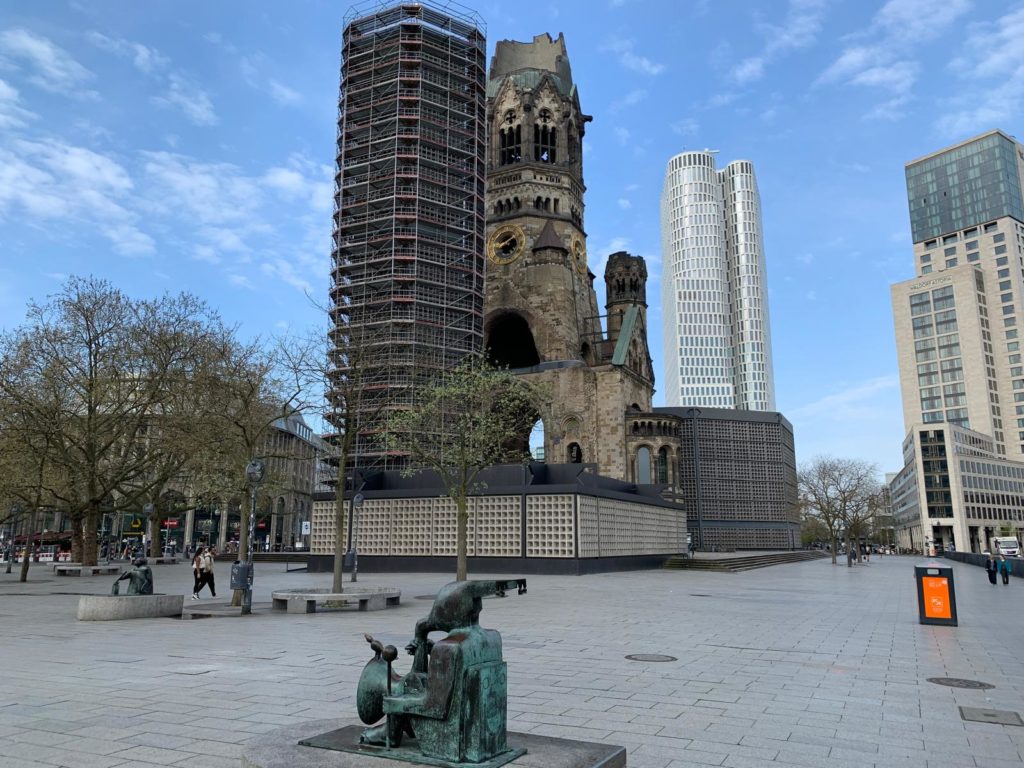
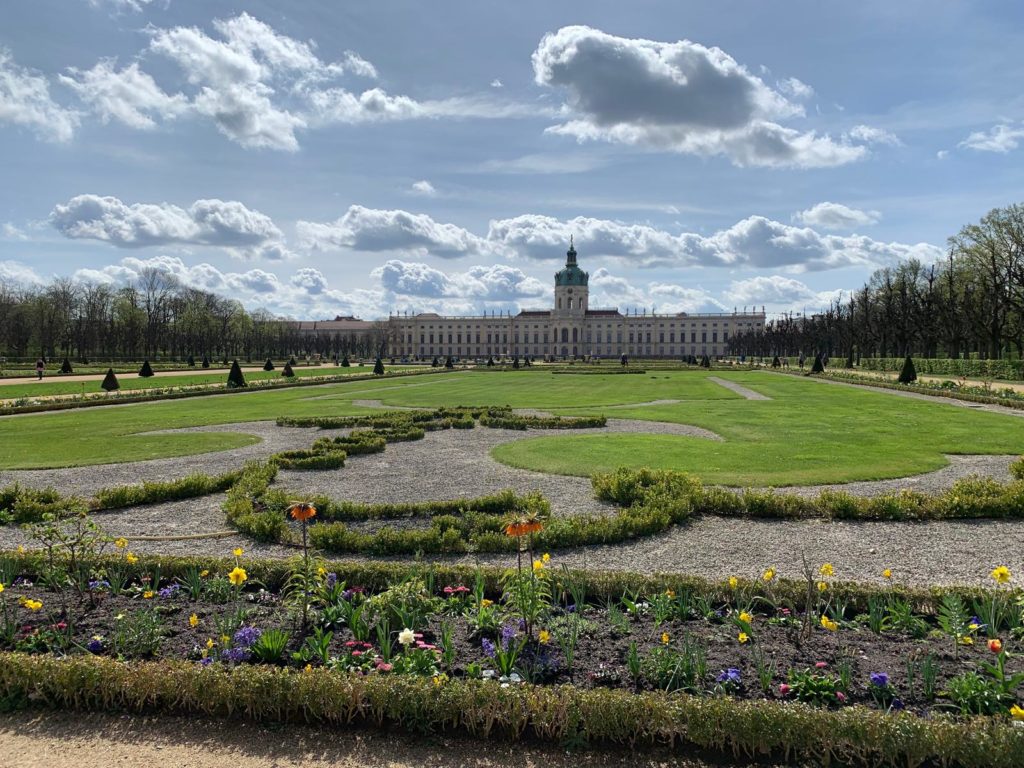

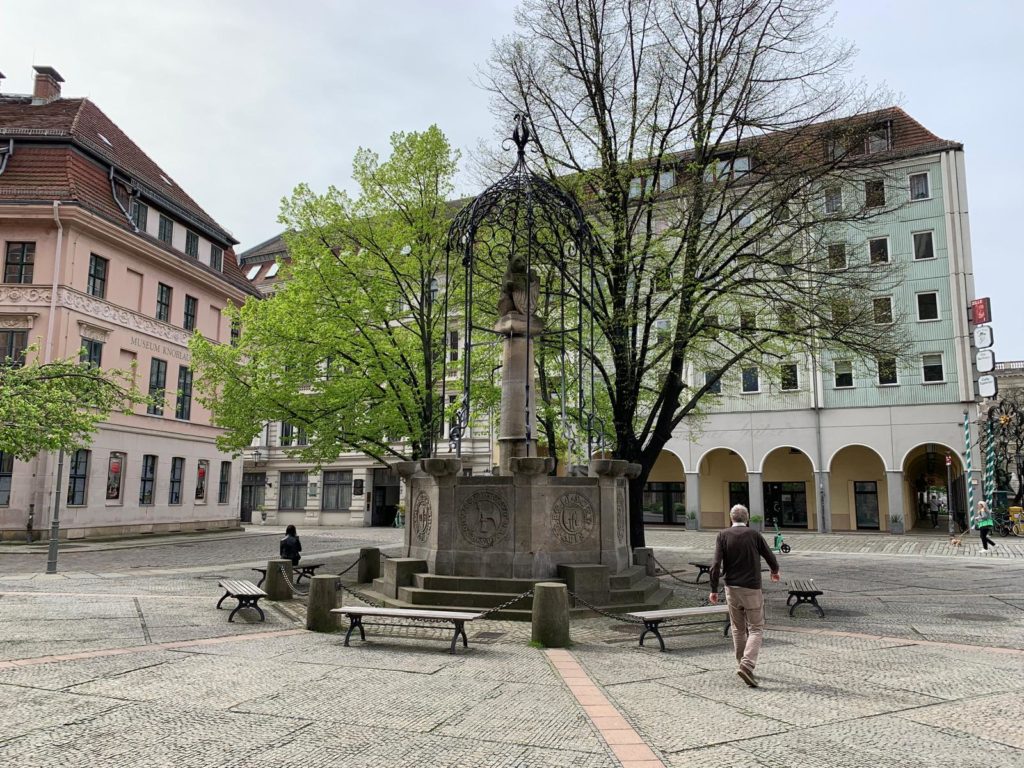
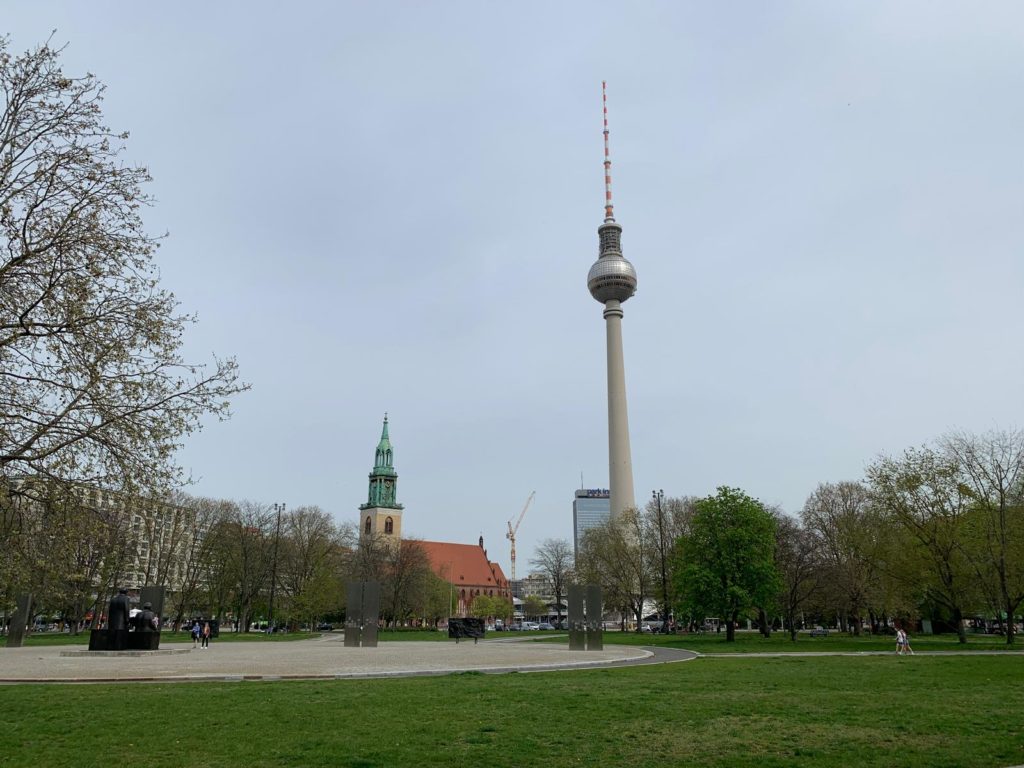
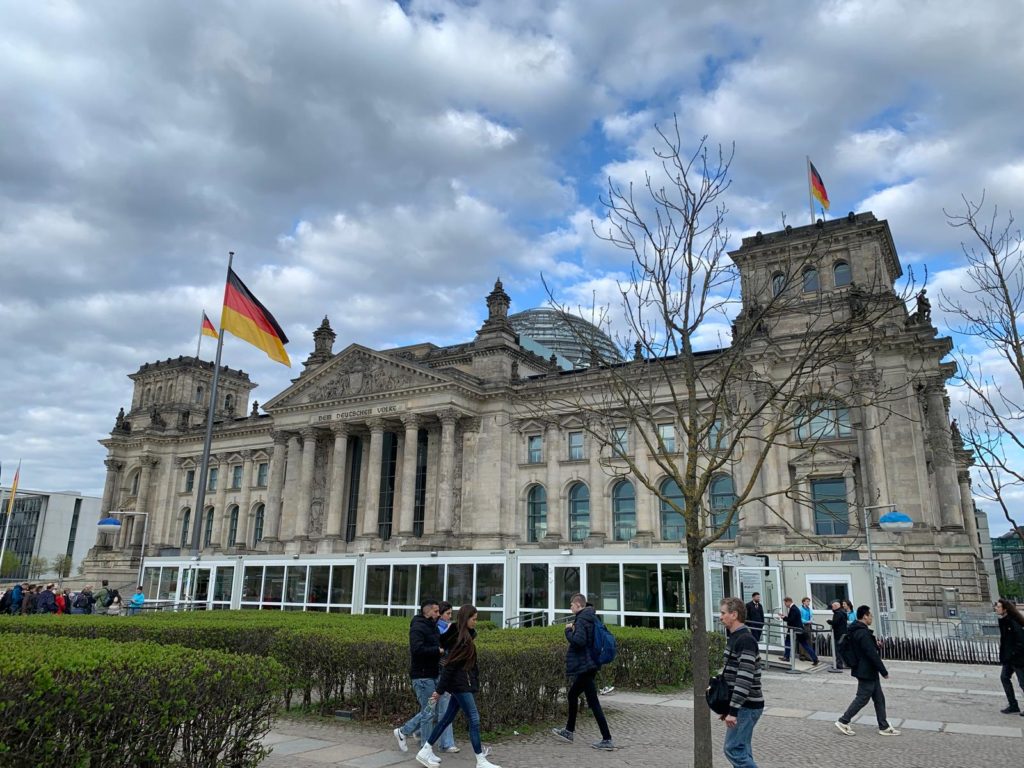
Berlin: A Potted History
The history of Germany before it was Germany (ie. before 1871) is fairly complicated, and we’re not going to get into it here. There are a couple of relevant bits I want to highlight for you. The first is the founding of Berlin. This happened in the 13th century. Then in 1417, Berlin became the capital of the Margraviate of Brandenburg. I don’t know what a Margraviate is, and you don’t need to, either. The point is that Berlin has been a capital for a long time. Subsequently, Berlin was the capital of Brandenburg-Prussia and then the Kingdom of Prussia.
As you may know, Prussia was a powerful force in pre-unified Germany. Prussia’s capital therefore became capital of the German Empire. In the 20th century, things become more interesting, both for better and for worse. Berlin started the century well. It was becoming a major world city, a leader in arts, culture, government, the military, and manufacturing. Manufacturing also meant labour unions and a politically engaged population.
Things were difficult on the Home Front during WWI and after. We all know how the Treaty of Versailles went, but the Weimar Republic was a cultural bright spot for Berlin which we still remember today. There was increasing political and economic instability, however, which the National Socialist Party harnessed. WWII devastated Berlin and its people. Pre-war, about a third of Germany’s Jewish population lived in Berlin. Hitler and architect Albert Speer had planned for Berlin to be the glorious capital of the German people, renamed Germania. But like other German and European cities, fighting and bombing destroyed large parts of the city.
In the latter half of the 20th century, Berlin played out the European politics of East and West very literally. American, British, French and Soviet forces initially had separate zones of influence. West Berlin, as the American, British and French zones became, was physically separated from the rest of West Germany, and suffered a blockade from 1948-49. The Berlin Wall was erected in 1961 and, until its fall in 1989, divided the city. Berlin, and Germany, underwent an often painful reunification.
Today, Berlin’s population is still not back to pre-war levels, but it’s getting there. Berlin’s catch phrase in recent years, “Arm aber Sexy” (Poor but Sexy) sums up a city known for its clubs, art scene and vibes. Rents are rising now and start-ups taking the place of artists’ studios, but Berlin is still a vibrant and historic place to spend a pleasant few days.
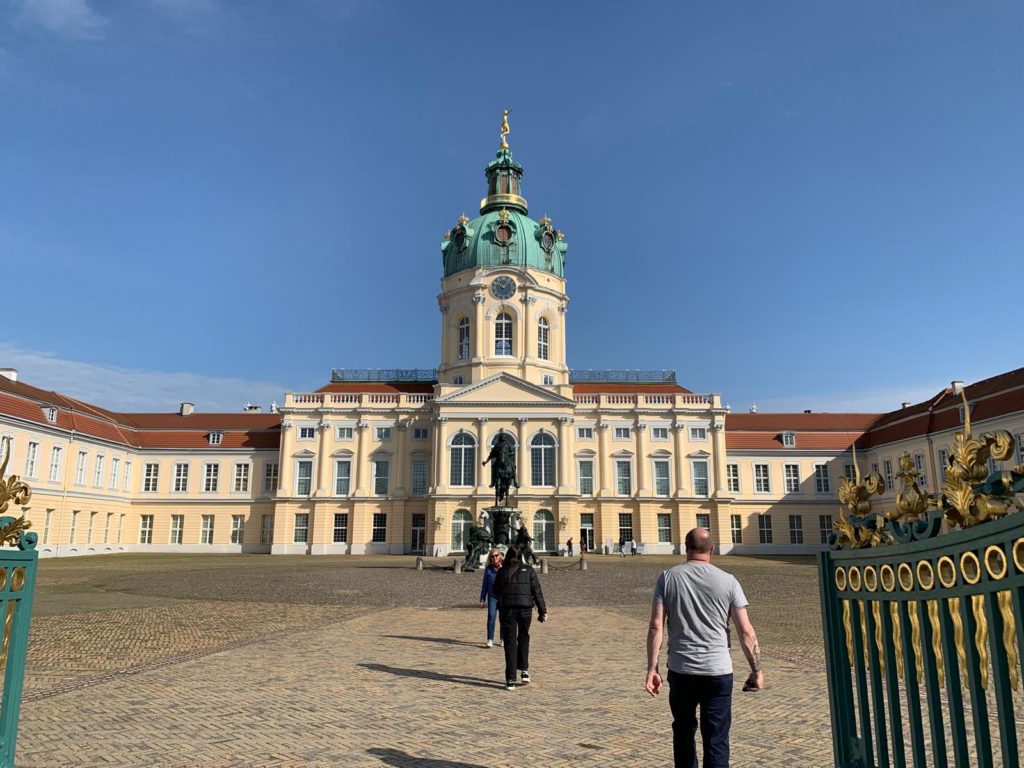
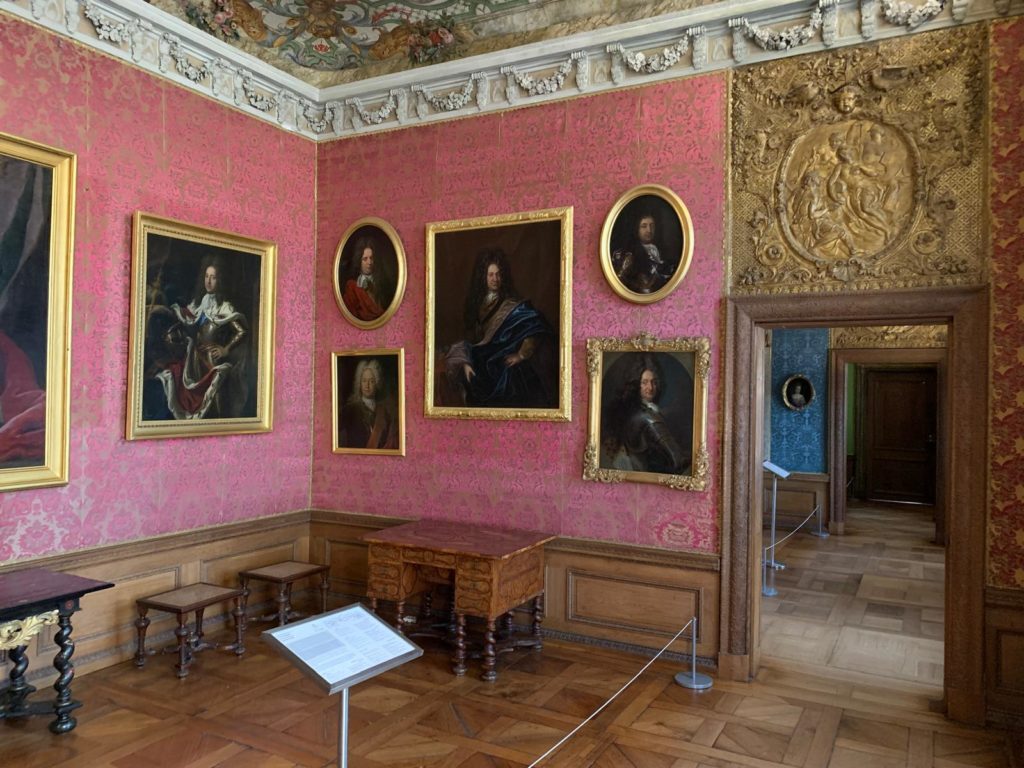
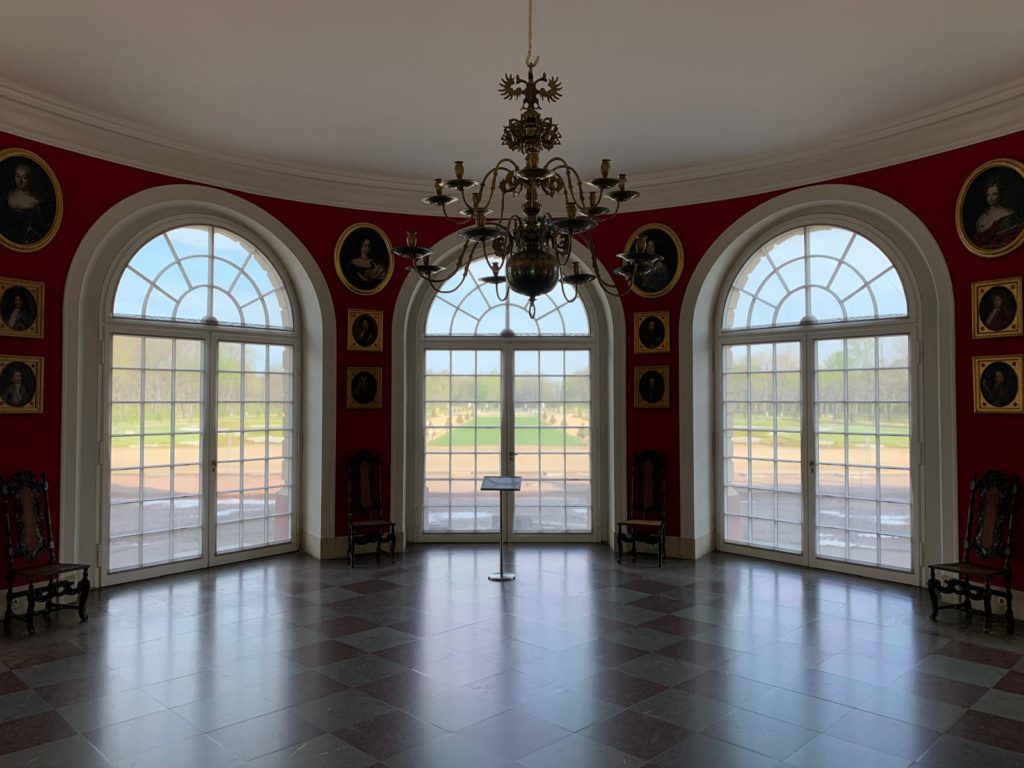
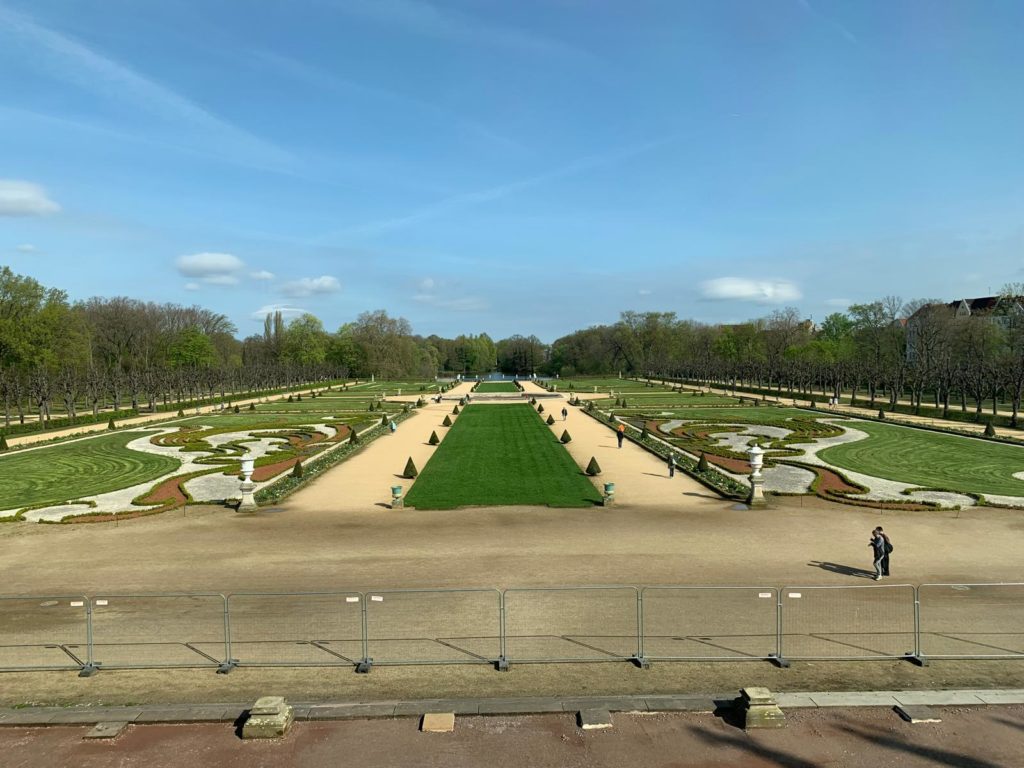
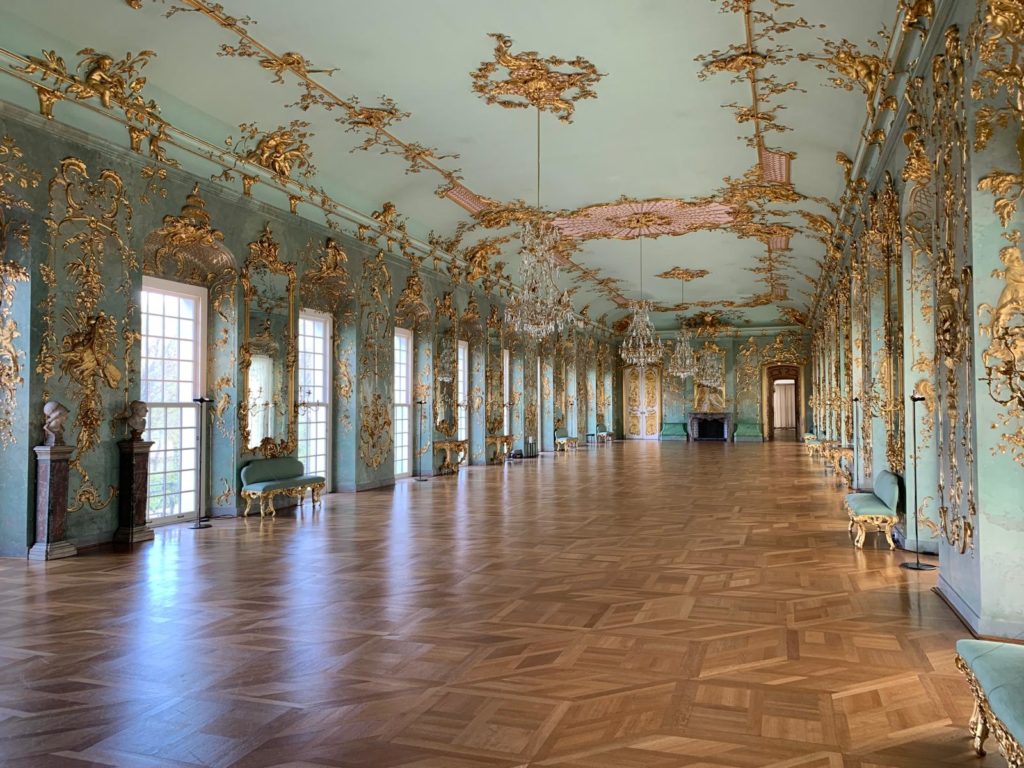
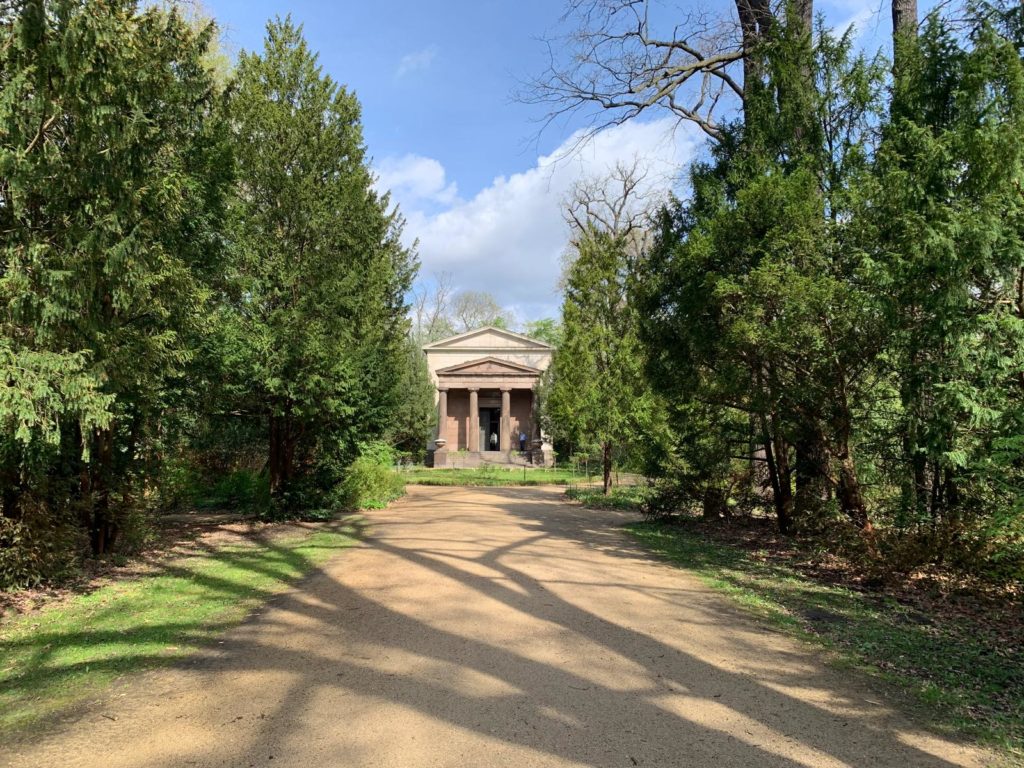
Prussian Splendour
We’ve touched a little already on Berlin as Prussia’s capital. And if you fancy spending a day (or longer) enjoying splendid Prussian architecture and largely ignoring the darker side of conquest and colonialism, there are many good options! I’m being flippant, but I picked up an interesting book on my trip which balances the story a little.
The Prussian period of history overlapped with many important European architectural movements, including Baroque, Rococo and Neoclassical. There are plenty of examples in central Berlin, for instance the Brandenburg Gate, or the Zeughaus (Arsenal) which is today the German Historical Museum. But why not really go all out and visit a palace?
There are two main choices when it comes to palaces. There is Schloss Charlottenburg, which is to the West of the city and within walking distance depending on where you’re staying. I was staying near the Tiergarten so had a nice stroll there along a canal. Or there is Sanssouci Palace in nearby Potsdam. Although this seems much larger and more splendid, parts of it, including the impressive art gallery, are only open during the summer. As I visited earlier in the year I decided to leave this one for a later date.
One thing I really liked at Schloss Charlottenburg was an introductory AV experience which sets the scene. You can see how it went from being a nice semi-rural escape to basically central Berlin. The Baroque palace was built in the late 17th century, and greatly expanded in the 18th. Set aside half a day to see the different wings, the mausoleum, and special exhibitions. On a sunny day it’s a lovely escape from reality, just as it was for the nobles who lived here.

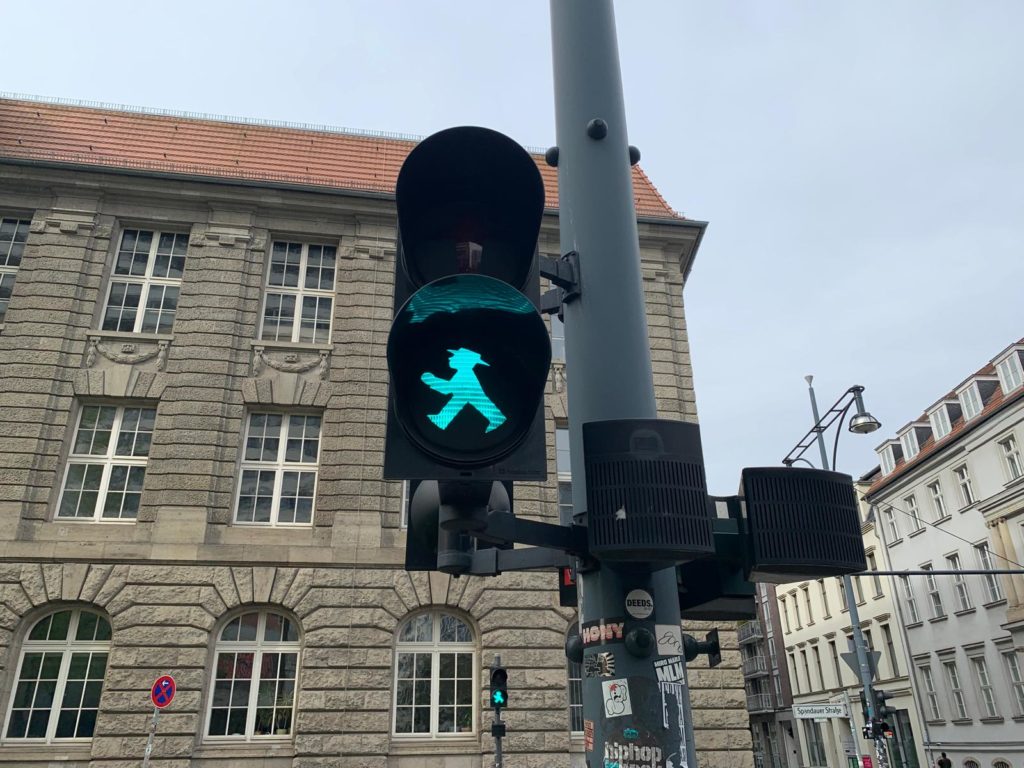
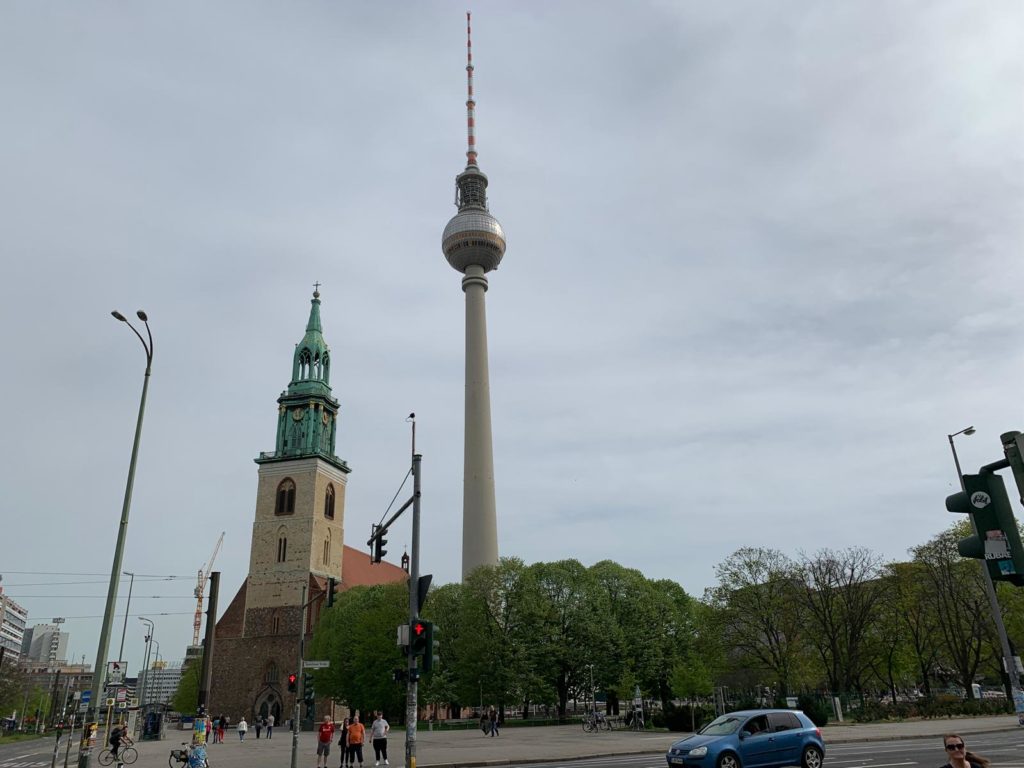
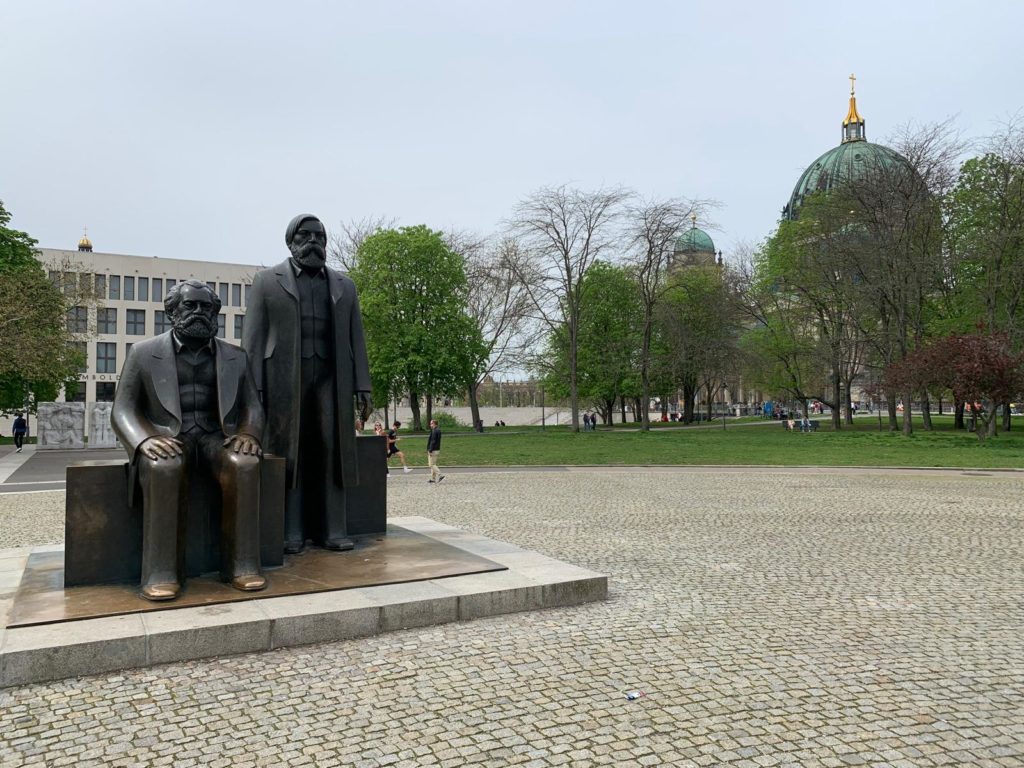
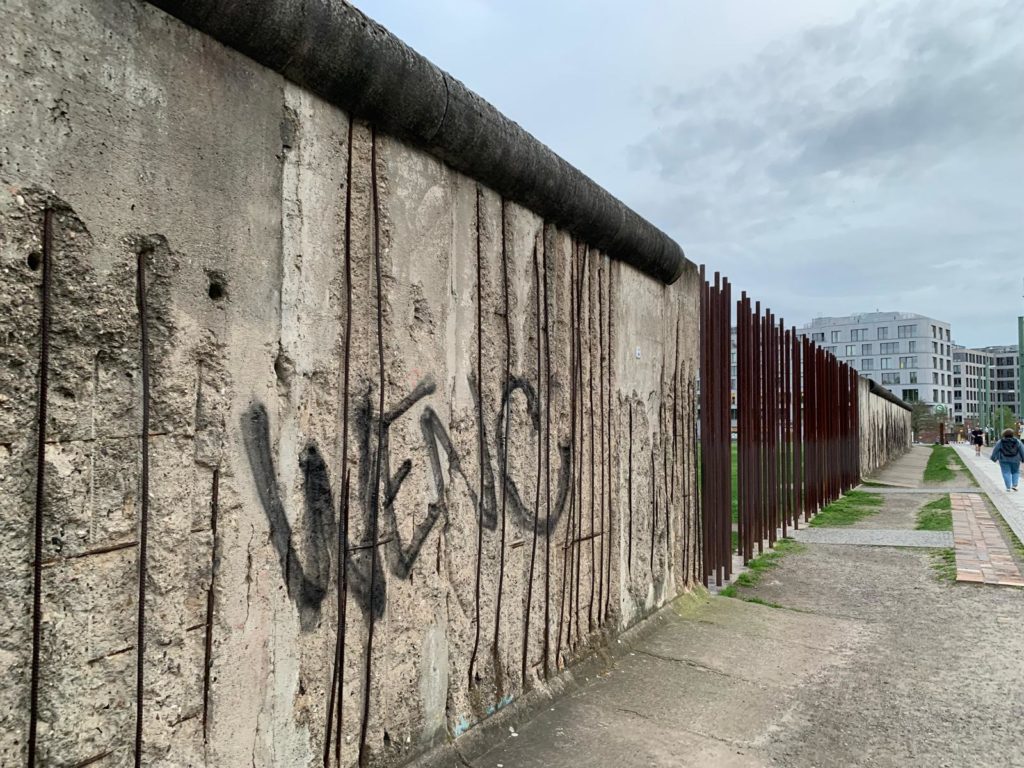
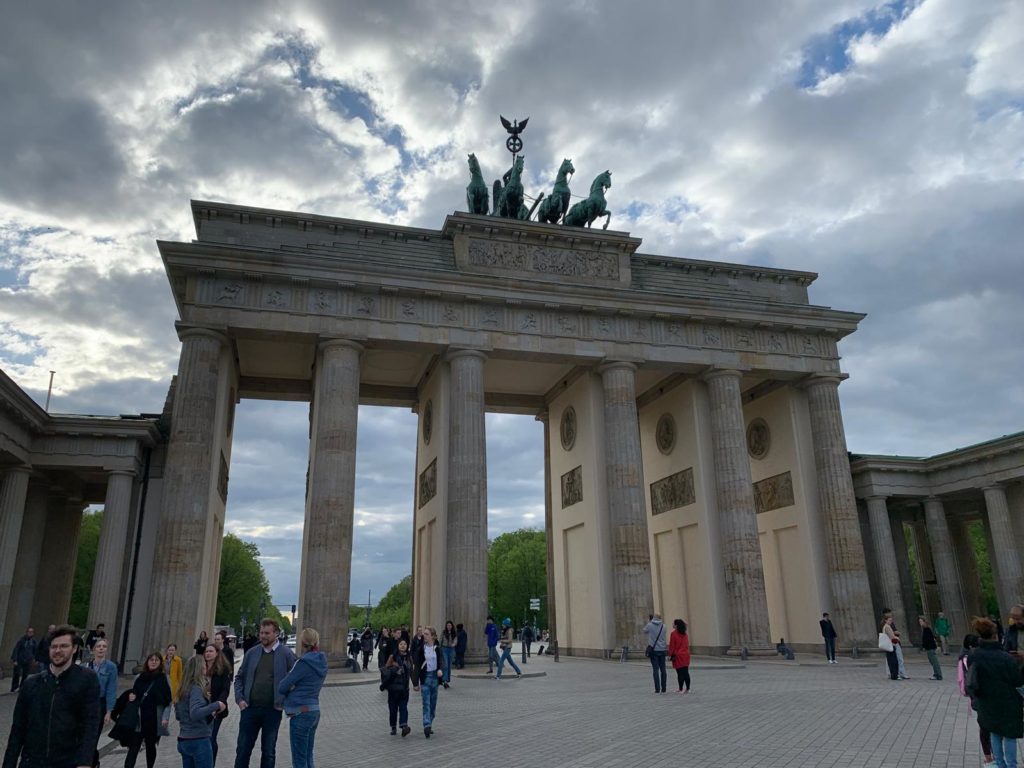
East and West
It’s easy to forget, passing easily around Berlin, just what a divided city it was for decades. One of the interesting impacts is that it is a somewhat decentralised city: both East and West needed a city centre and administrative buildings, and this duplication still shapes Berlin today.
It is the East Berlin identity which has largely disappeared today, and is therefore most interesting to visitors. There are a few ways to explore the former East Berlin. There are the vestiges of the division itself, for instance. The Brandenburg Gate, remaining sections of the Wall, Checkpoint Charlie which once permitted movement between the two Berlins. The Fernsehturm (TV Tower) in Alexanderplatz is a notable example of Socialist architectural grand gestures. There are walking tours as well, although they often combine this topic with the city’s Nazi-era history so it depends if that’s your cup of tea. There are even a few remaining Socialist-era monuments if you look closely.
You also have the option of museums if you want to learn more. I recommend the DDR Museum, with the caveat that I visited it the last time I went to Berlin, so 15 years ago. It brings an immersive approach to teaching history: a blend of entertaining and educational. You could also visit the Stasi Museum, the museum of Everyday Life in the DDR, or the Stasi Prison Memorial. At the other end of the spectrum, for a more casual reminder of Berlin’s past, look out for the Ampelmännchen lights at crossings.
With all of this, it’s important now that we are a few decades on to remember that, more than just a fun nostalgic thing, the division of Berlin was a very real lived experience which impacted lives and families. Keep this in mind as you explore East and West and you won’t go wrong.
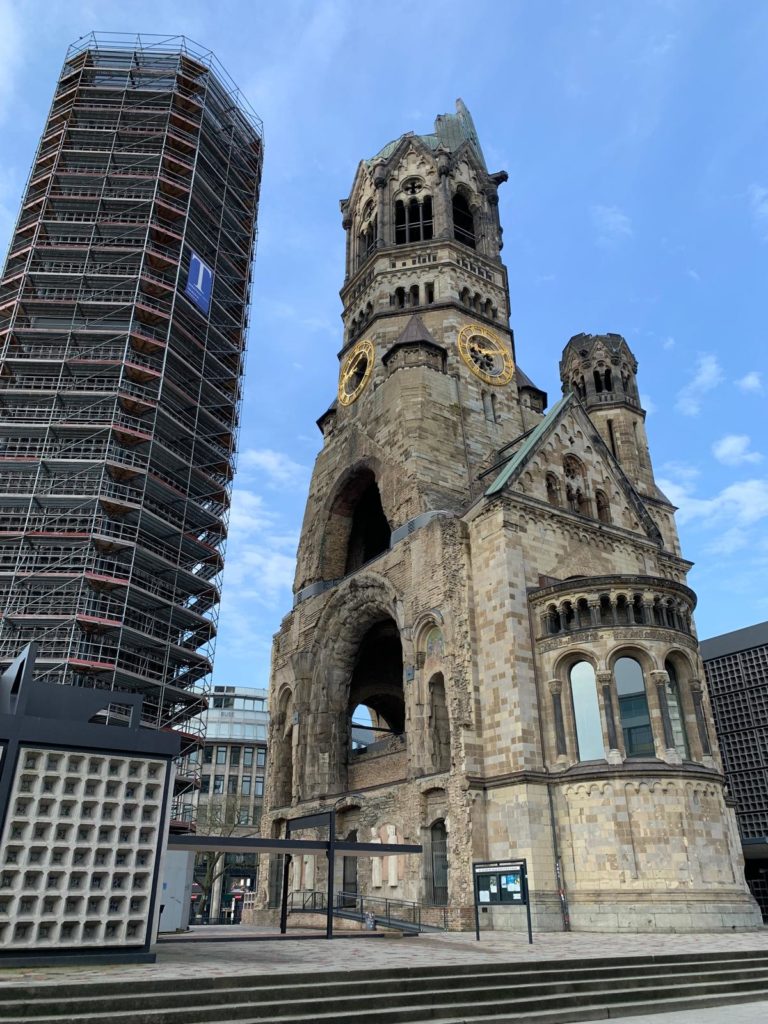
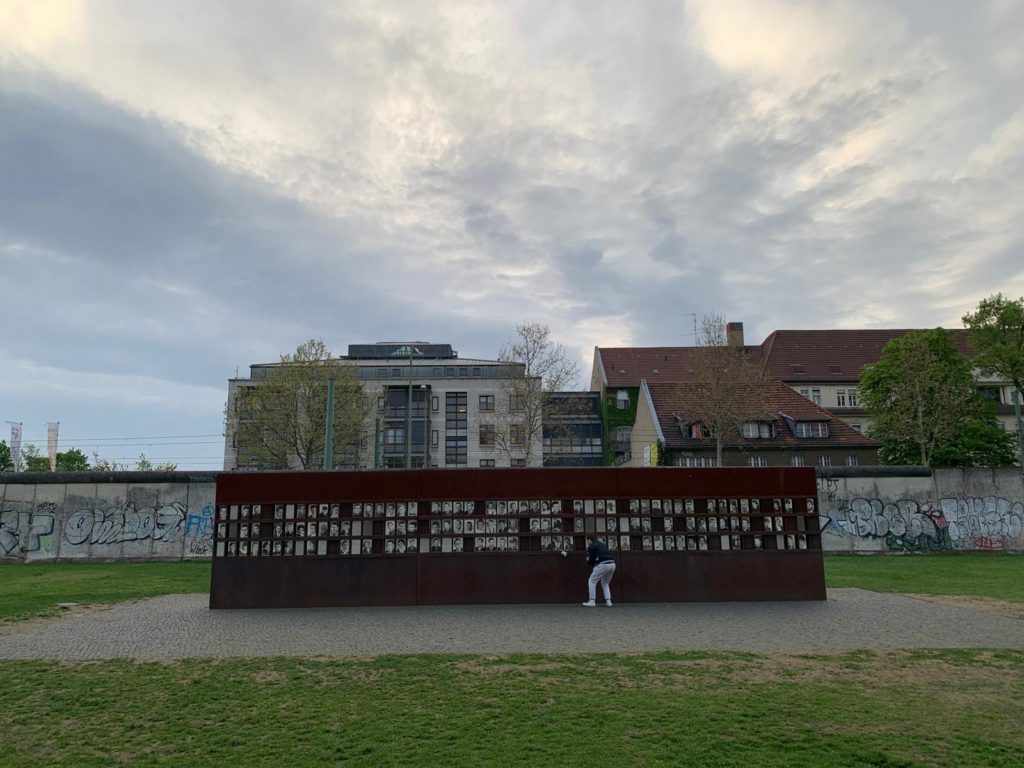
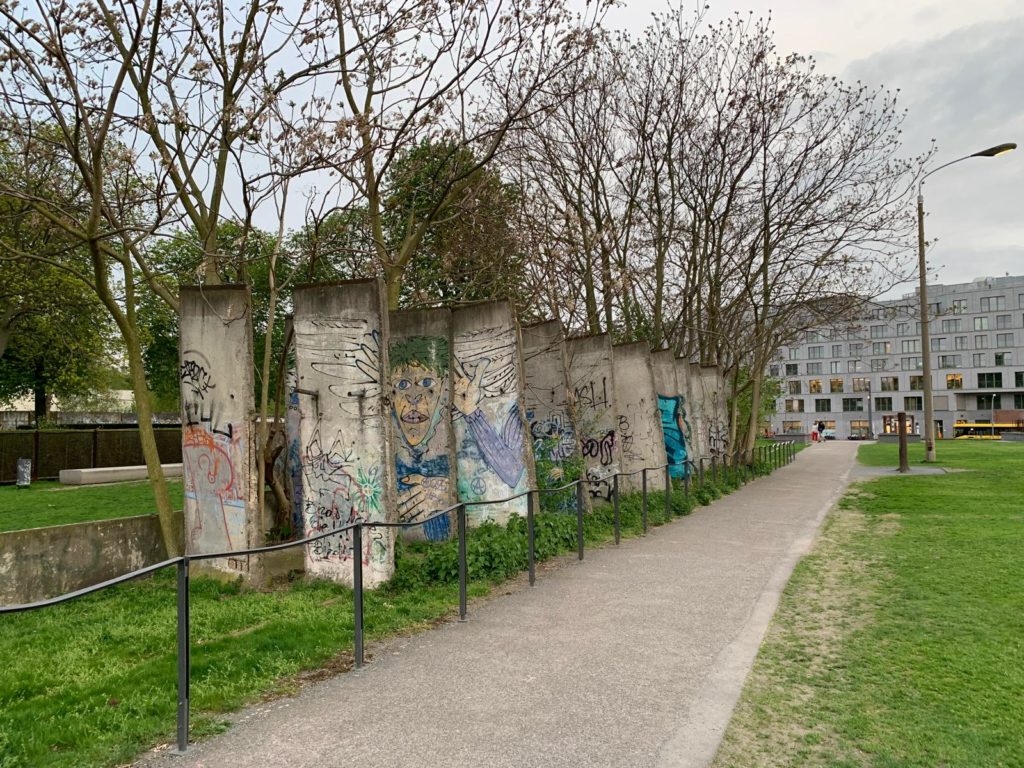
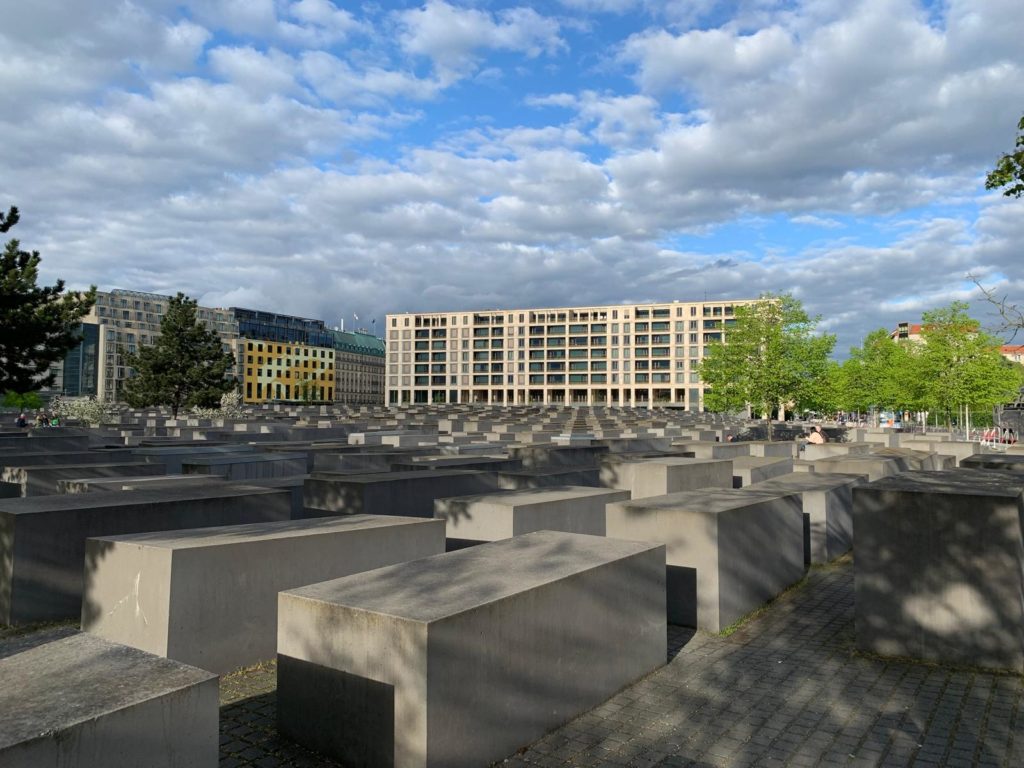
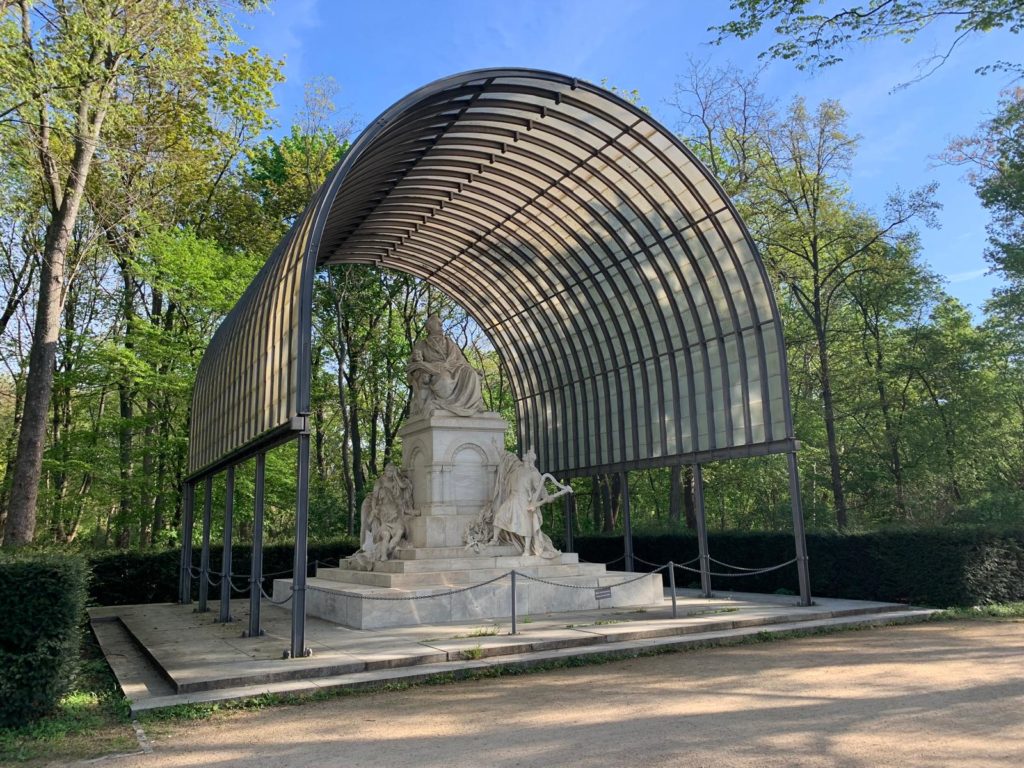
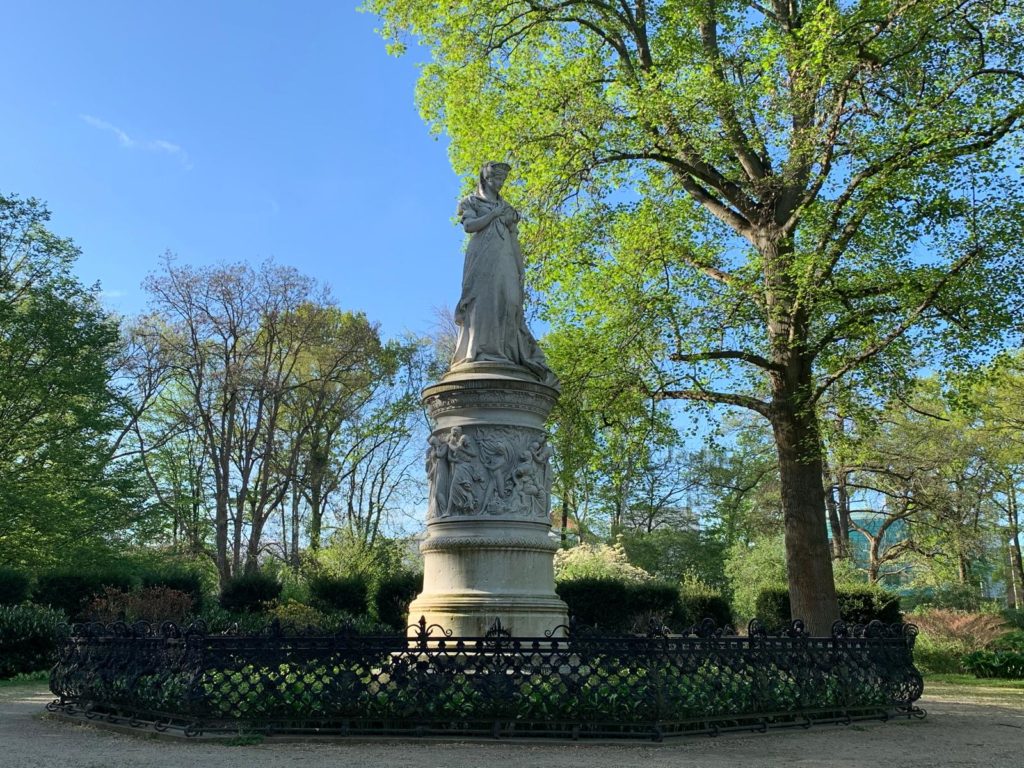
Denkmäler and Gedenkstätte
With all of this history, it’s no wonder you will encounter a lot of memorials (some German terms for memorials are above) in Berlin. Have a look at them as you explore the city: they’re not always what you think, but normally illuminate something interesting about Berlin.
There are the usual memorials to famous people. I spotted many of these around Tiergarten in particular, including the one to Richard Wagner above in its very jarring canopy to prevent erosion. There are also statues of royal lovebirds Friedrich Wilhelm III and Queen Luise, the “soul of national virtue”. So far, so ordinary.
The complicated 20th century is memorialised in some interesting ways. Some are very prominent in central Berlin, for example Peter Eisenman and Buro Happold’s 1.9 hectare Denkmal für die ermordeten Juden Europas (Memorial to the Murdered Jews of Europe, or Holocaust Memorial). Also sobering is the Berlin Wall Memorial, which preserves numerous sections of wall while also commemorating those who died trying to cross it. And as in some other cities, a church gutted in WWII now acts as a memorial to the destruction of war: the Kaiser-Wilhelm-Gedächtnis-Kirche. Sadly, outside the church, a line in gold now marks the spot of a more recent tragedy – the 2016 terrorist attack on a Christmas market.
Berlin’s various monuments and memorials are a good way to experience the many layers of the city’s history. Keep an eye out for them, they bring a new perspective to many different places and experiences.
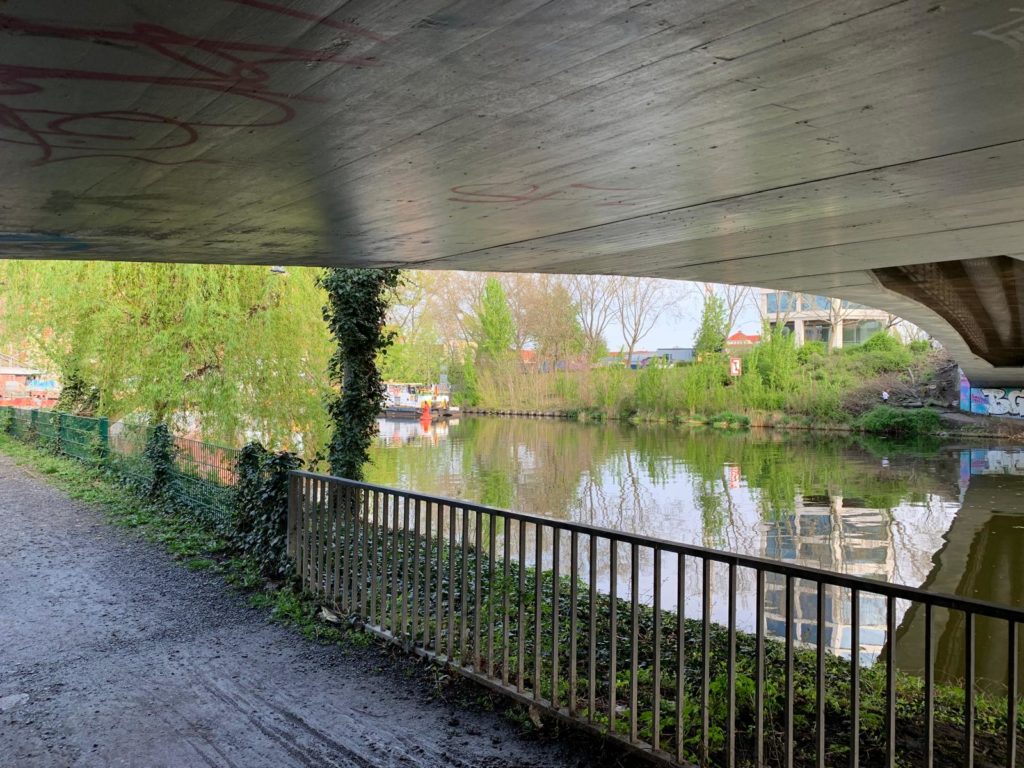
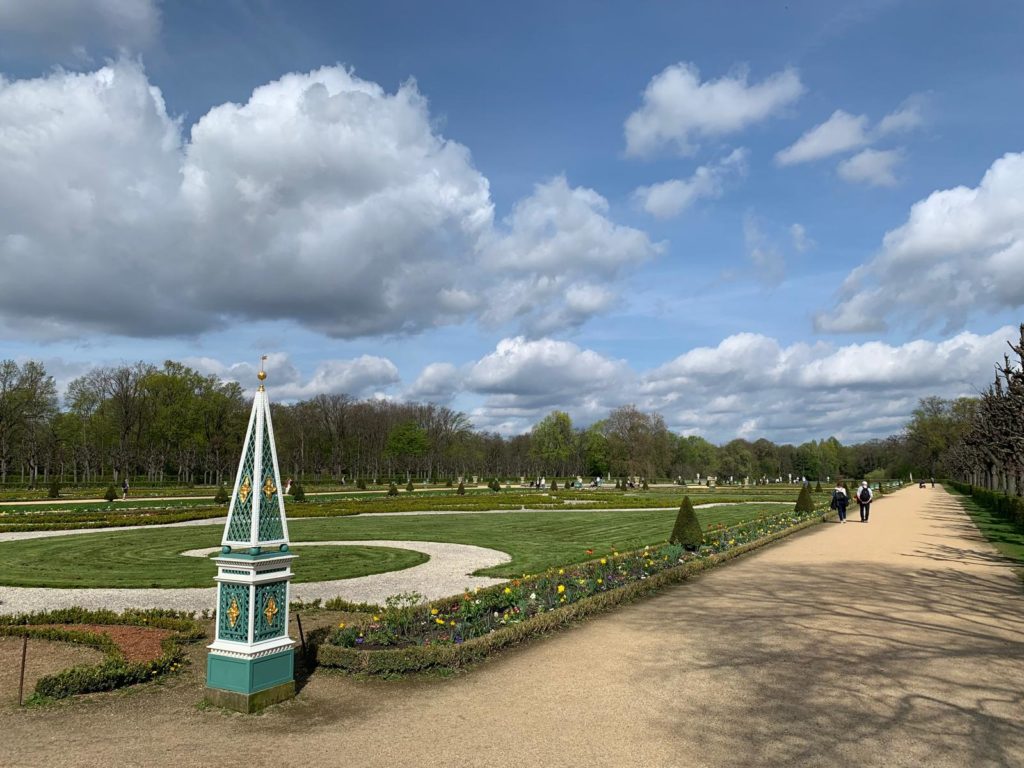
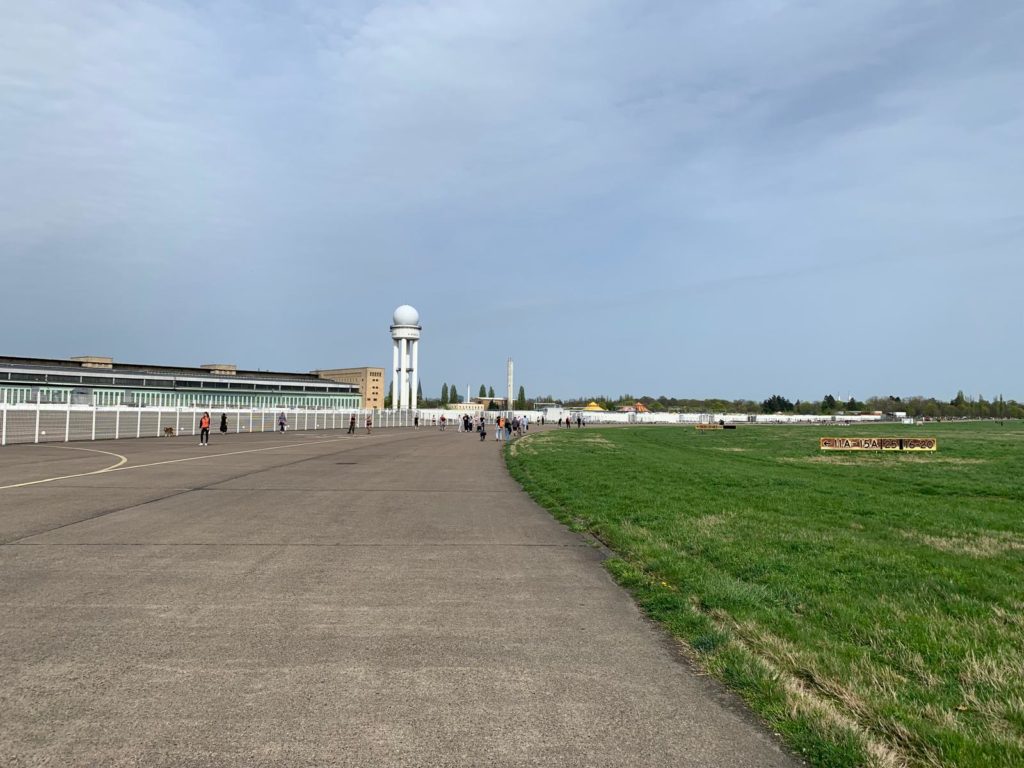
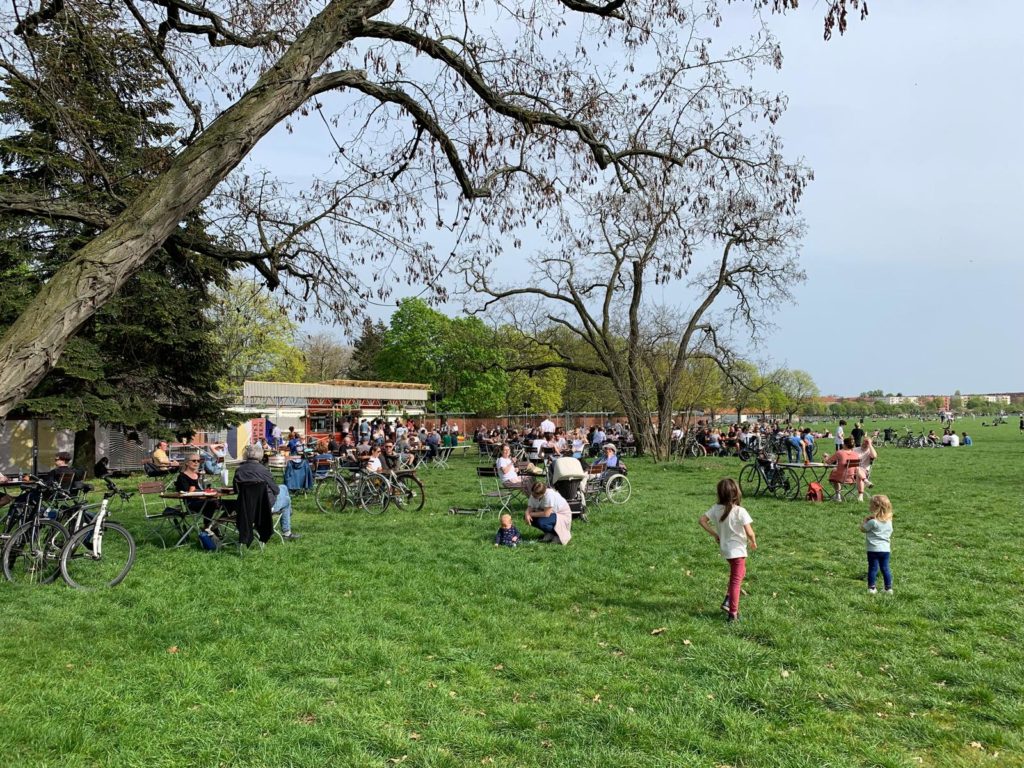
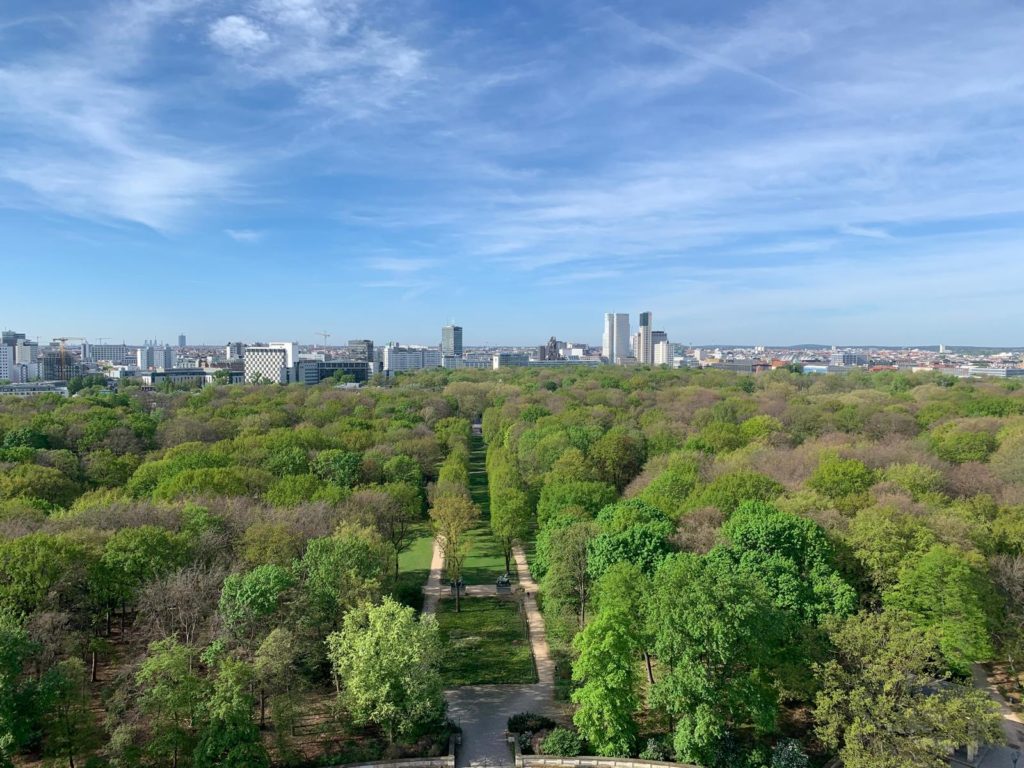

Green Spaces
Maybe after all that history and exploring the city you would like to relax a little. Sit down, enjoy the great outdoors. There are plenty of spaces to do that in Berlin. A couple I have mentioned already: the large Tiergarten park, for instance. ‘Tiergarten’ means ‘zoo’, and there is a zoo here. But that’s only a small part of the park. The Tiergarten started as a deer or game park in the 16th Century. Later on it became a leafy connection between Berlin and Charlottenburg. I spent a morning here, walking through the park enjoying the different spaces, and climbing the Victory Column for great views (bring cash, cards not accepted). As a substantial, central urban park, it’s lovely.
Also substantial is Tempelhof. But wait, isn’t that an airport, I hear you ask? Well, it was. One of the earliest commercial airports, in fact, remembered for its striking (Nazi-era) design and its role during the 1948 blockade of West Berlin. But Tempelhof ceased operation as an airport in 2008. Since then, it has been reinvented as the Tempelhofer Feld (Tempelhof Field), apparently the largest inner city open space in the world. I knew that, and yet for some reason underestimated how big it was and thus how long it would take me to get from the entrance to the Biergarten on a different side of the park. But I really enjoyed walking around runways along with fellow pedestrians, joggers, cyclists, rollerbladers and others enjoying this reclaimed public space.
Apart from these two large examples, there are plenty of other green spaces in Berlin. I’ve mentioned before that I enjoyed a walk to Schloss Charlottenburg along the Landwehrkanal and the Spree. Speaking of palaces, they generally come with both nice formal gardens and wooded areas. If the weather permits, there are many nice spots to rest and enjoy your time in Berlin!
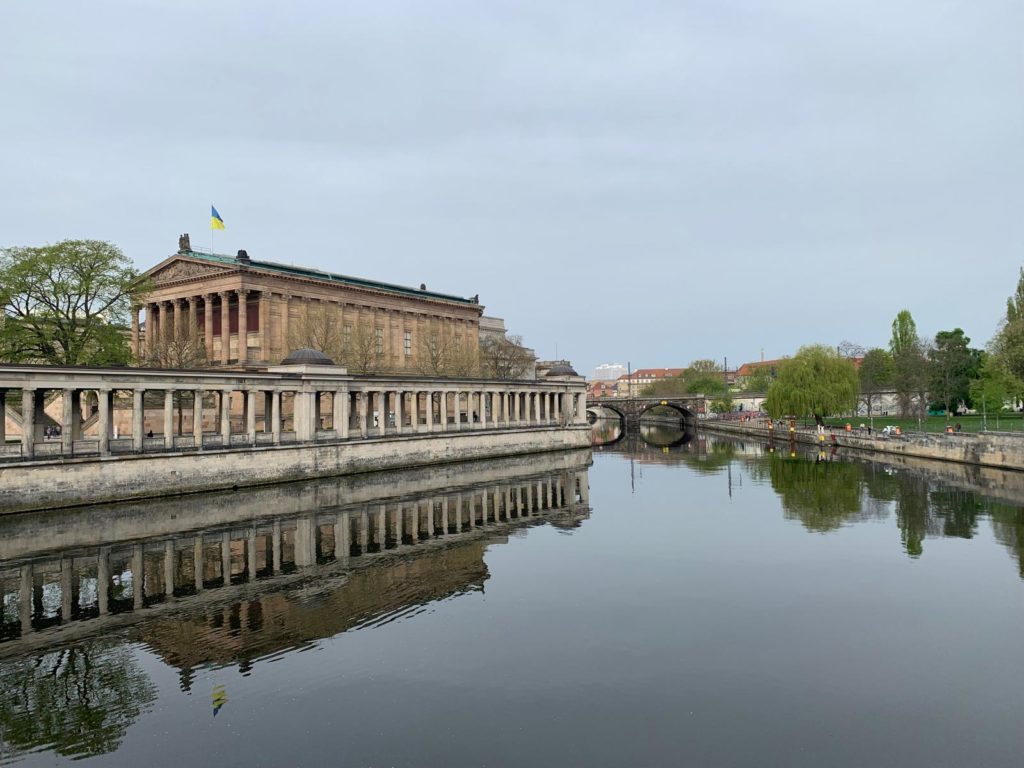
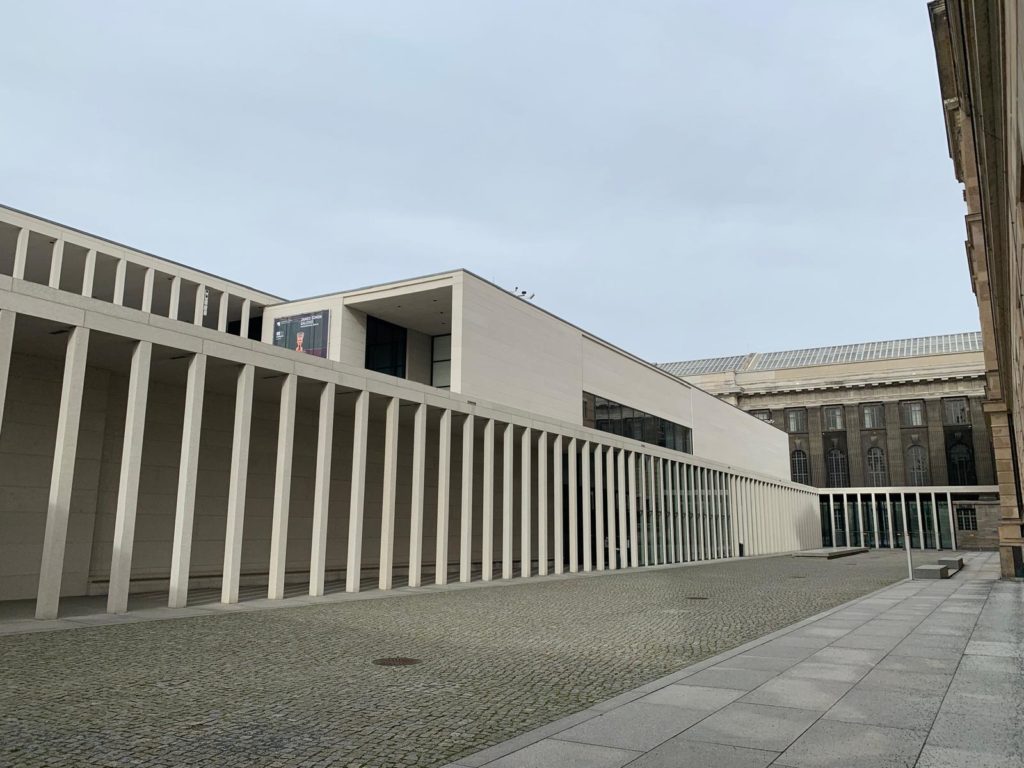
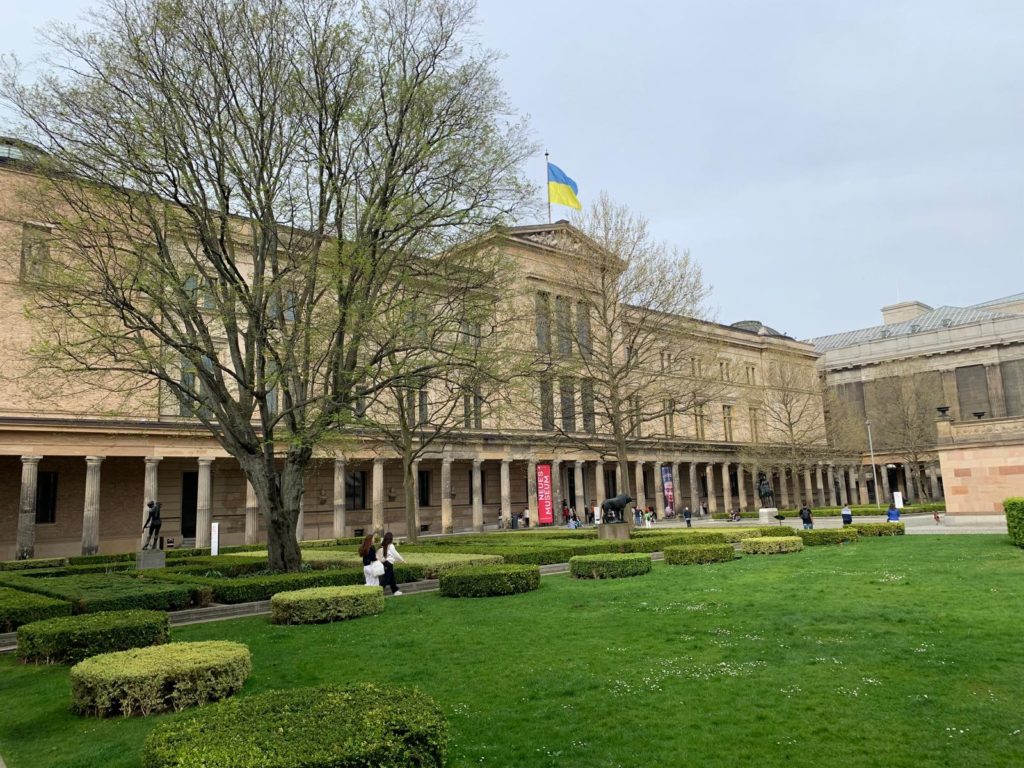
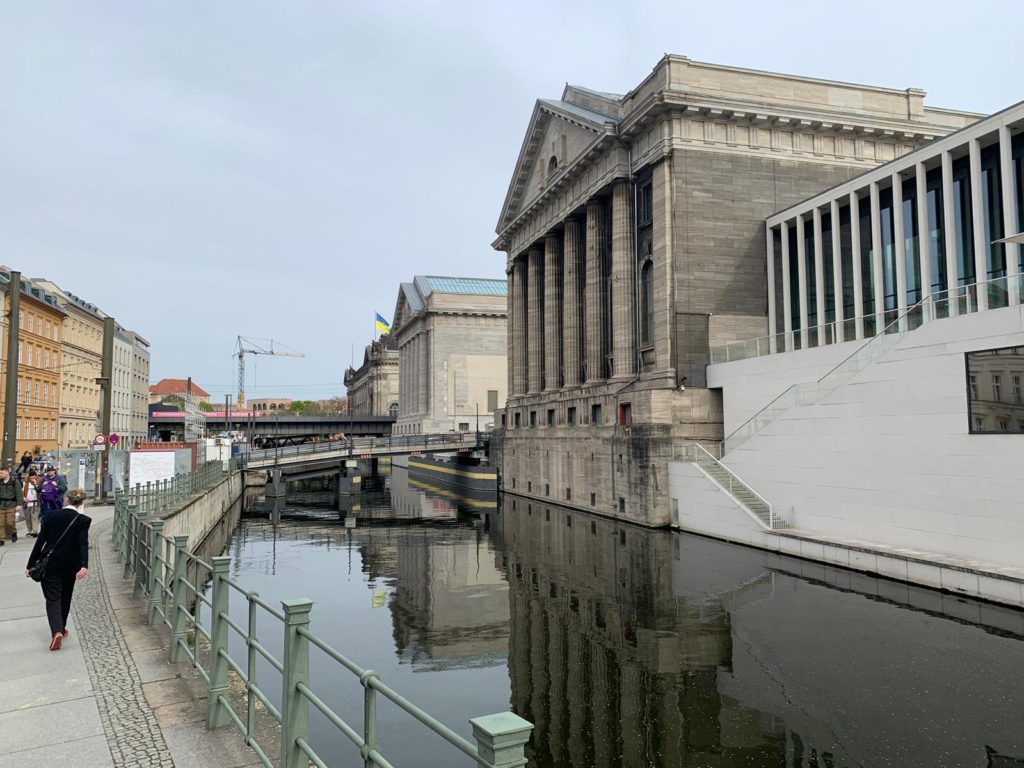
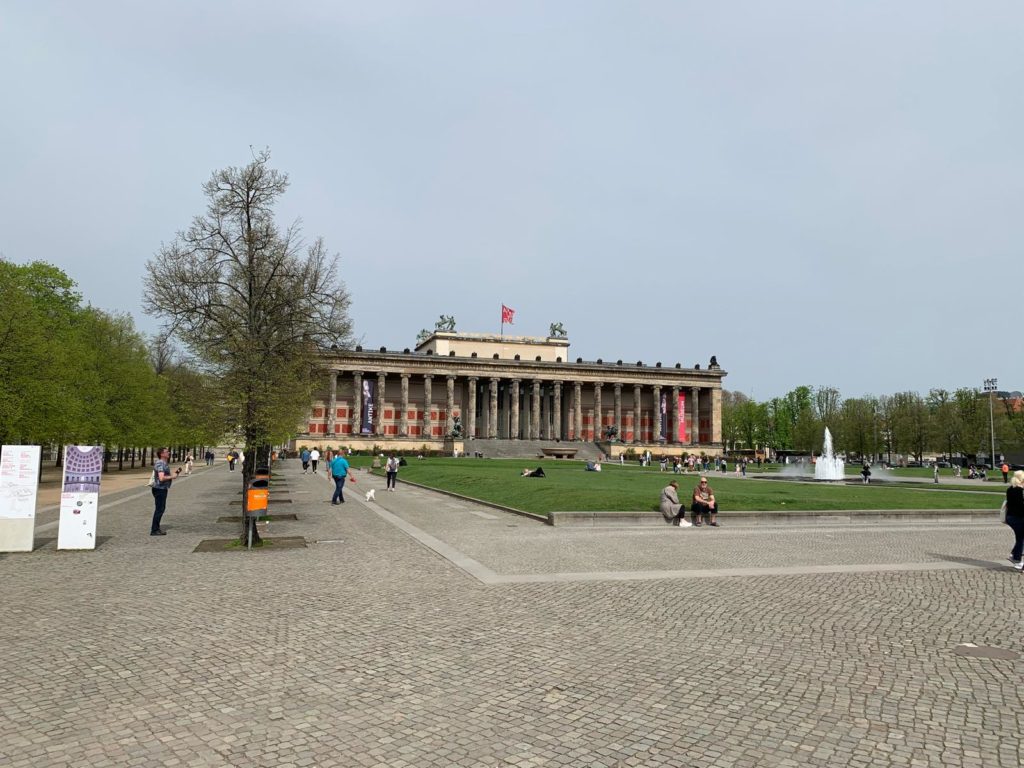
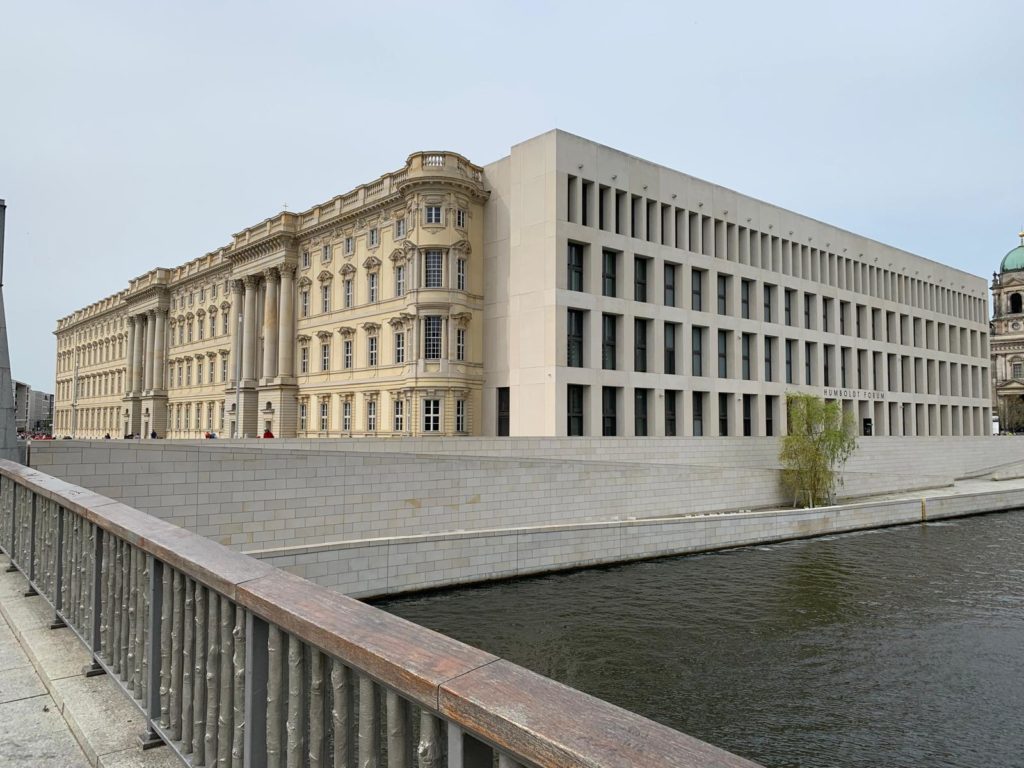
Museums
I love a city that groups many of its museums together in one handy location. Such is the case in Berlin, where the Museumsinsel (Museum Island) is a great place to start. With Prussian origins, this is a Neoclassical altar to ‘high culture’ and nation building. The Museumsinsel comprises the Alte Museum (Old Museum), Neues Museum (New Museum), Alte Nationalgalerie (Old National Gallery), Bode Museum, Pergamon Museum (currently closed), Berliner Dom (Berlin Cathedral), Lustgarten park, and James Simon Gallery (a visitors centre). There are other museums nearby, including a panorama experience by Yadegar Asisi which replaces the Pergamon Museum during its closure.
Elsewhere, Berlin is your oyster. So let’s try a few prompts, and see what you’re in the mood for.
- Want a good art gallery?: Gemäldegalerie
- Interested in East Germany/the DDR?: DDR Museum
- How about exploring the history of WWII and the Holocaust?: Wir Waren Nachbarn (We Were Neighbours)
- Best for niche art movements: Brücke-Museum
- Like your museums really woke?: try the Humboldt Forum
- Want a conceptual museum?: what about the Museum of Unheard of Things or the Museum of Silence?
- Something really left field?: David Hasselhoff Museum
Let me know in the comments if you have a top pick for Berlin museums that I’ve missed.
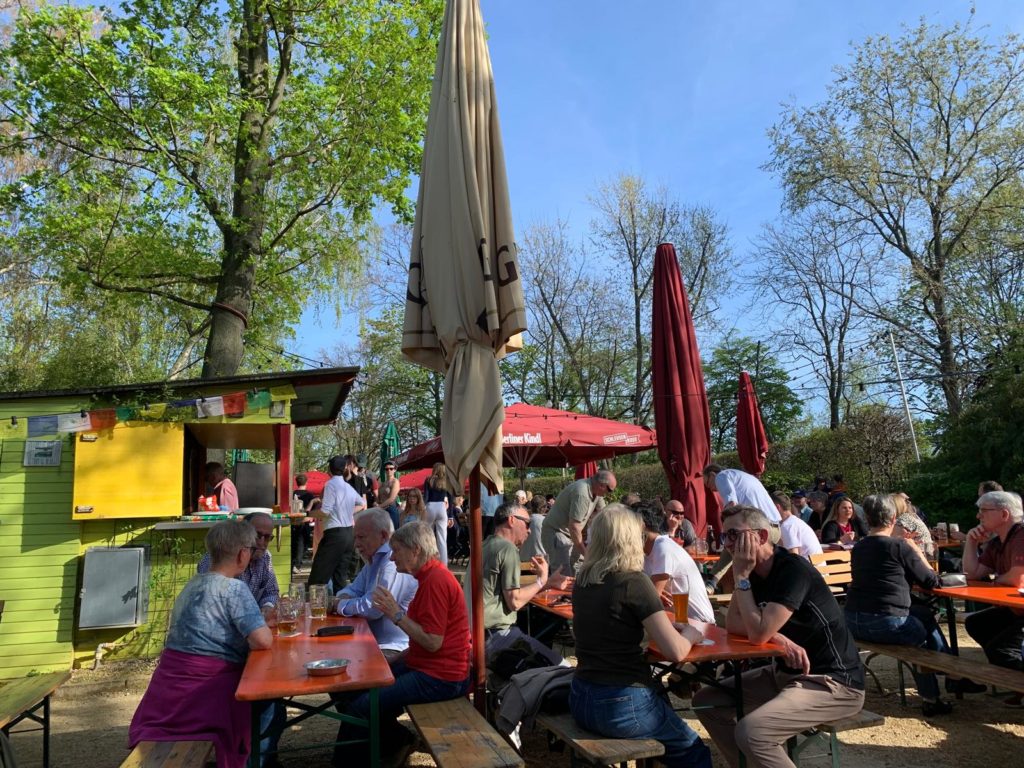
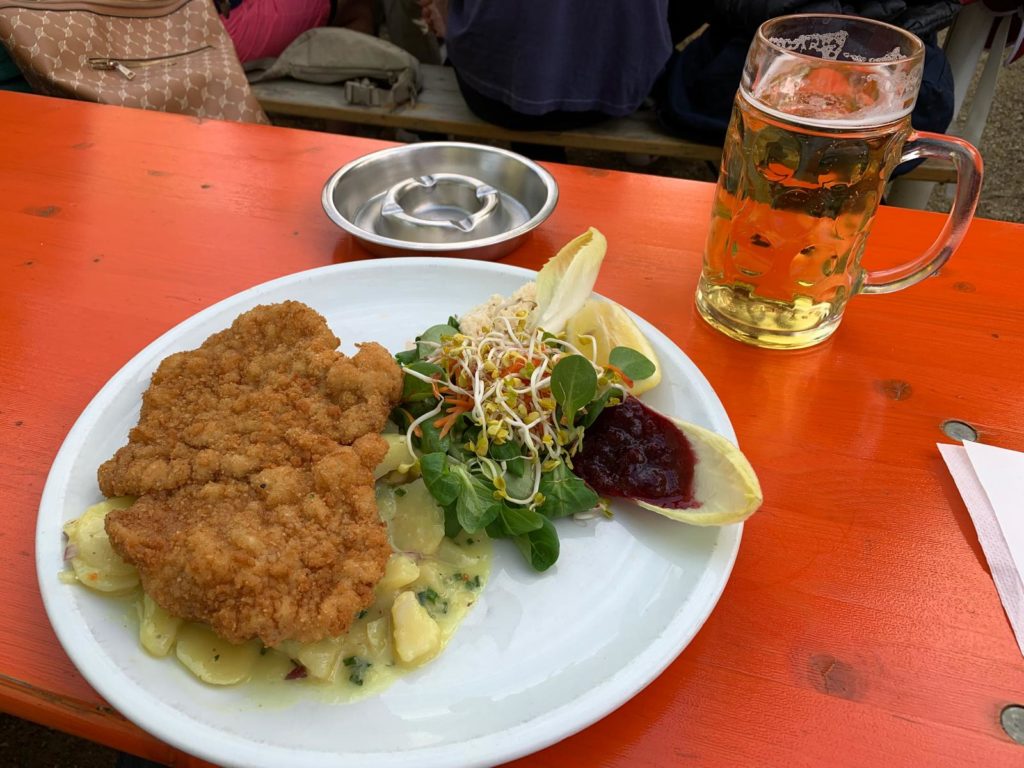
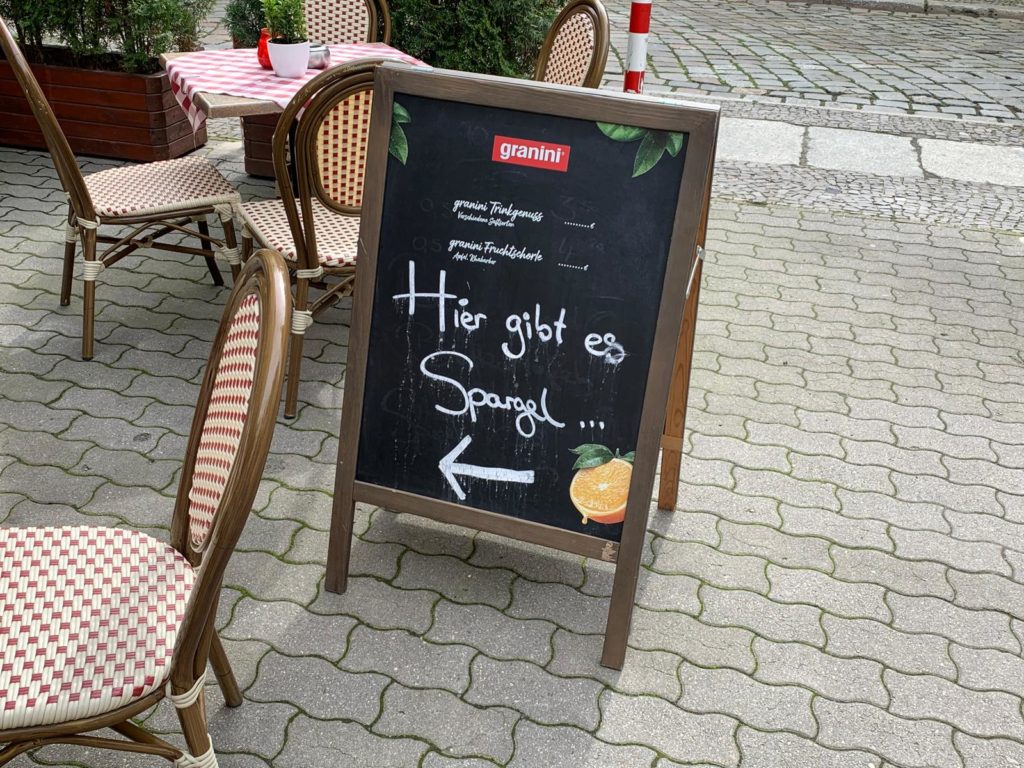
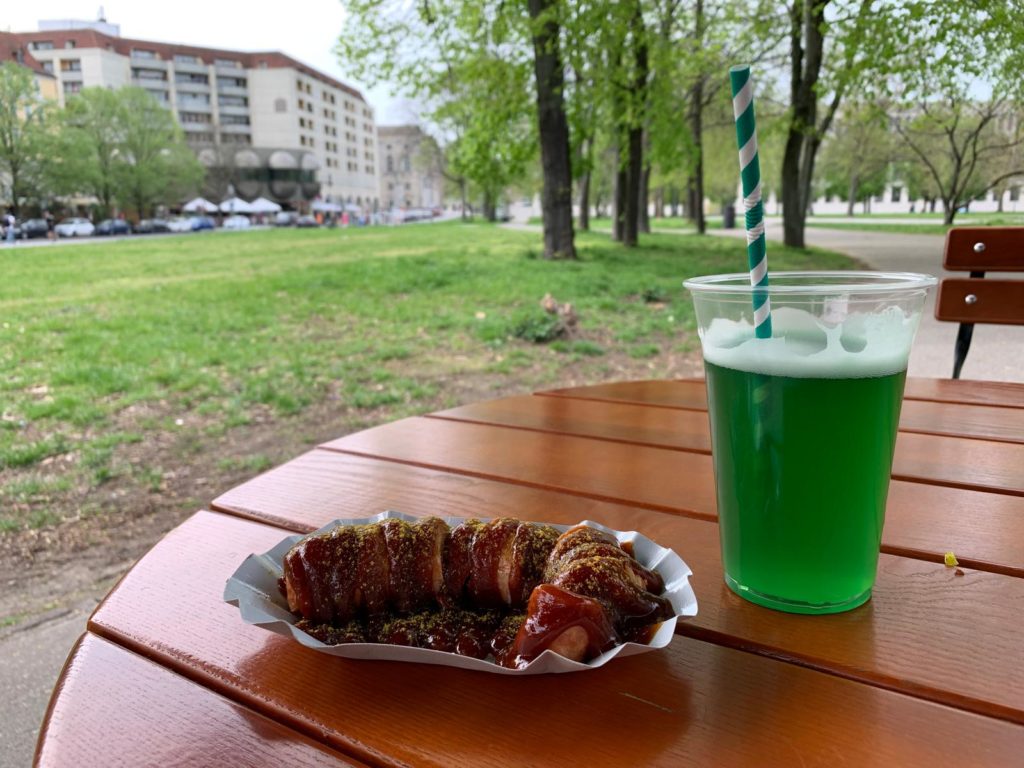
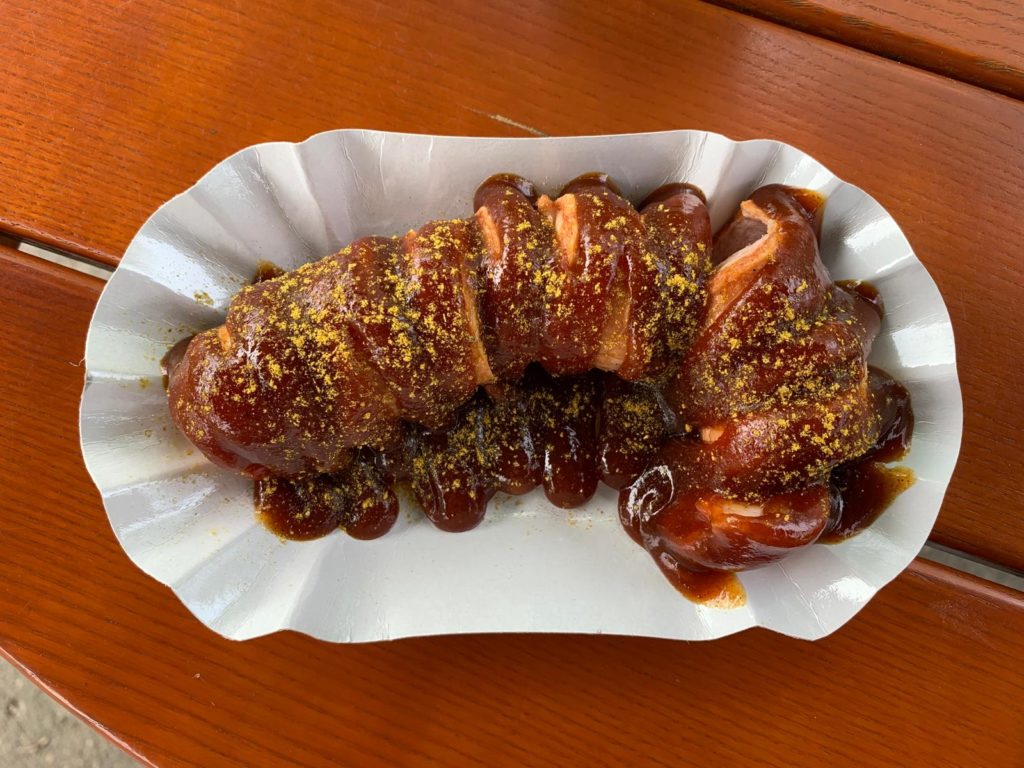
Food and Drink
You will notice from the images above that I made the most of lovely weather during my trip to Berlin and enjoyed mostly casual, outdoor meals. Biergartens are good for this: I went to one at Tempelhofer Feld, and one at the corner of Tiergarten. The communal tables are very convivial, and there are a range of drink options available.
In general, however, the food in Berlin tends to run in two distinct directions. You can find plenty of what you probably think of as traditional German food (plenty of pork including knuckles, sausages, schnitzel – the latter more Austrian really). This is often accompanied by potatoes of some kind. Stodgy but sometimes hits the spot after a busy day being a tourist. Berlin is also known for its vegan and vegetarian food. See the arty vibes I mentioned earlier. So the non meat-eaters are also catered for.
In terms of foods specific to Berlin, there are a few. Famously, a ‘Berliner’ is a donut, as per John F. Kennedy’s well-meaning speech. You might have heard of Currywurst (if not, see the last images above). This fast food snack – a Bratwurst sliced up and served with ketchup and curry powder – was apparently invented by food kiosk owner Herta Heuwer from Charlottenburg. Berlin is also credited with the invention of the doner kebab: a brainchild of Turkish immigrants in Kreuzberg in the 1970s.
You can also experience German food trends here. For instance, I love that the whole of Germany goes mad for asparagus once a year. The asparagus season is called “Spargelzeit”, and there are seasonal menus involving it literally everywhere. Germans eat more white asparagus than green, and a common way to serve it is with hollandaise sauce. There are also a lot of seasonal foods and drinks at Christmas, of course.
I don’t want to give you the impression that eating in Berlin is all fast food and snacks. But it’s a testament to how much I was enjoying exploring the city that I often ate on the go. And Berlin’s hearty fare (and tasty beers, sometimes flavoured) kept me going through to my next pit stop.
Trending
If you see this after your page is loaded completely, leafletJS files are missing.

